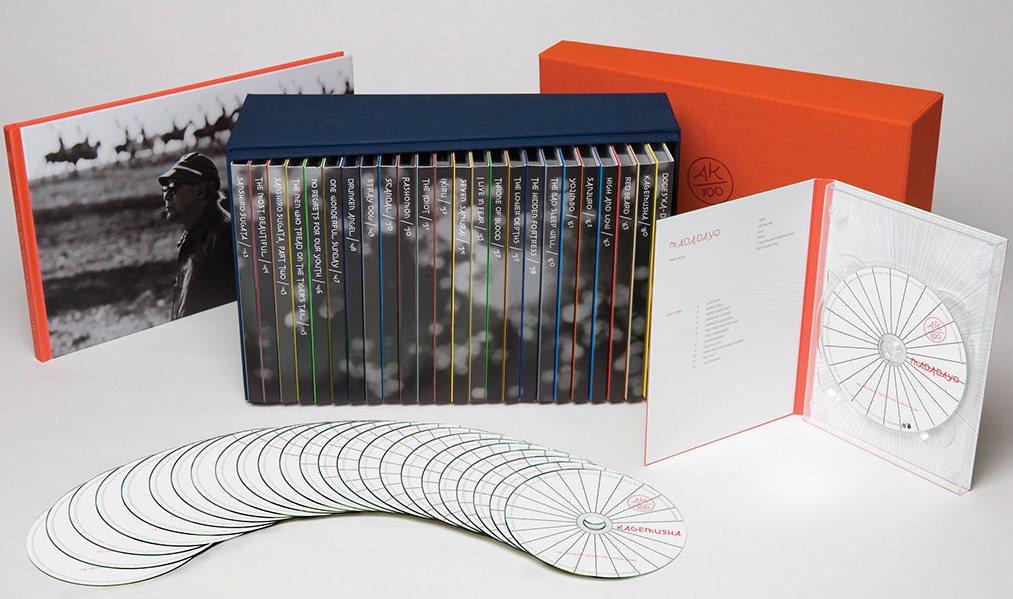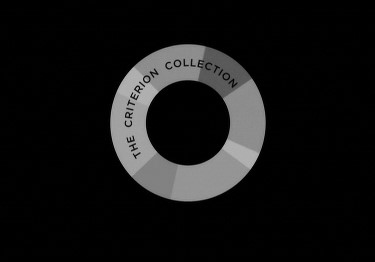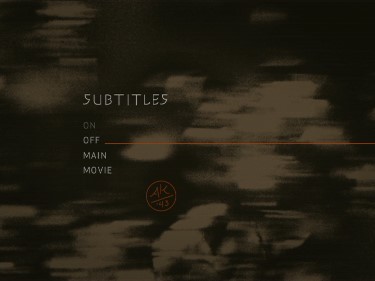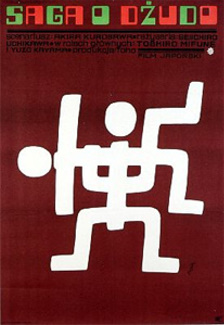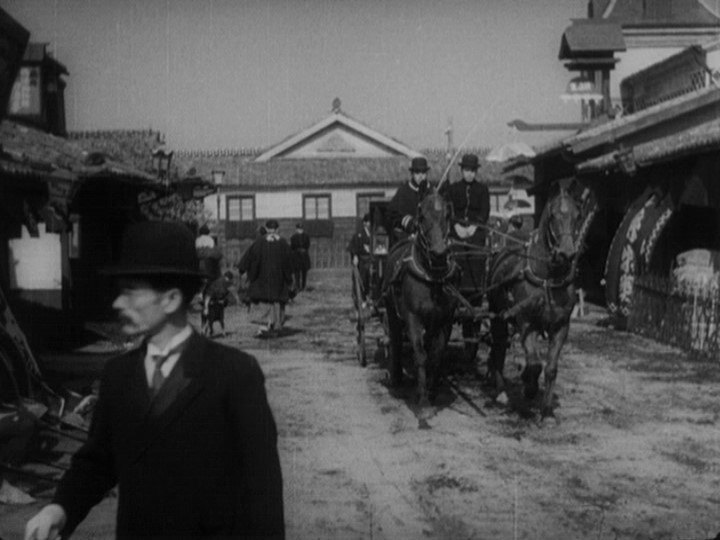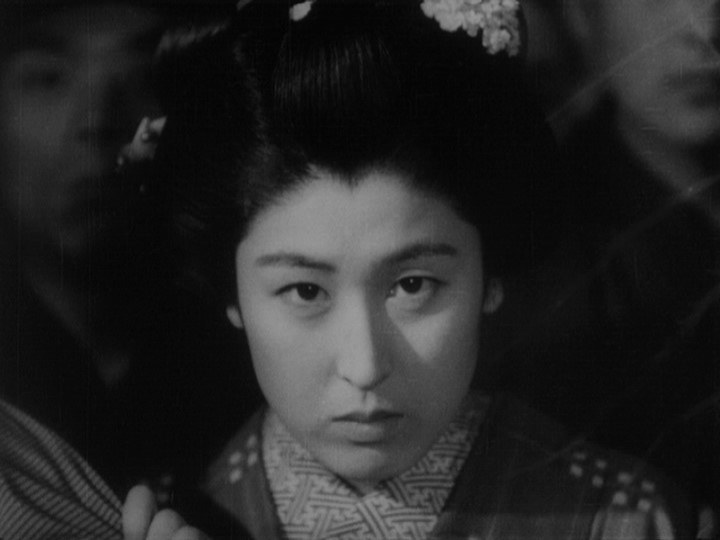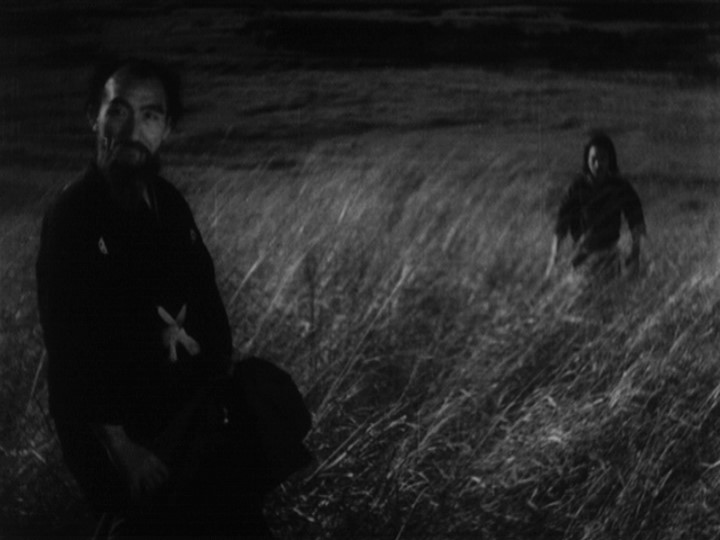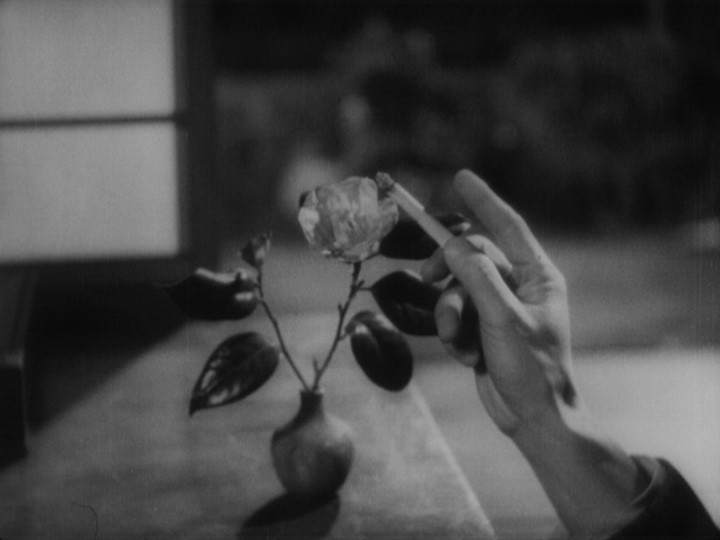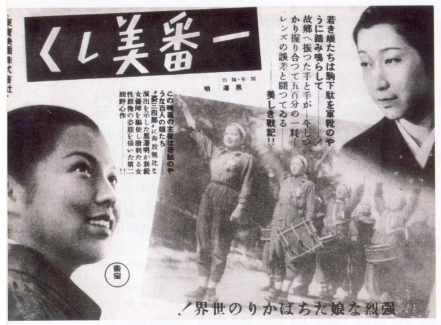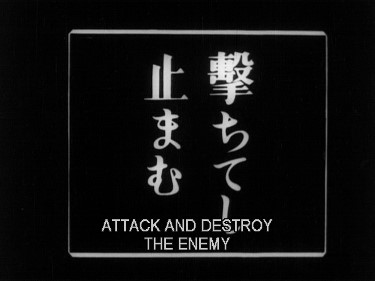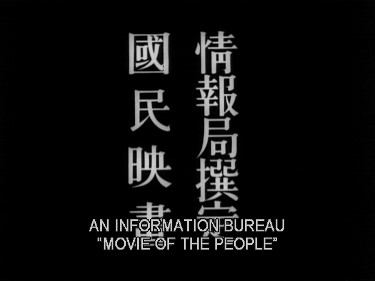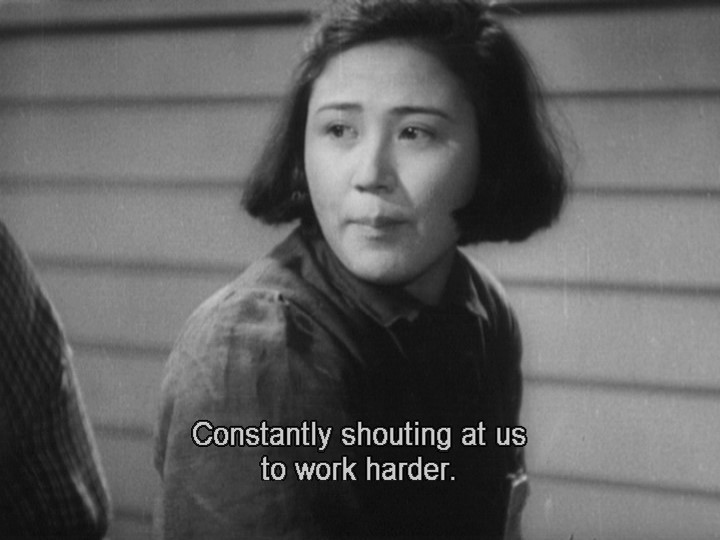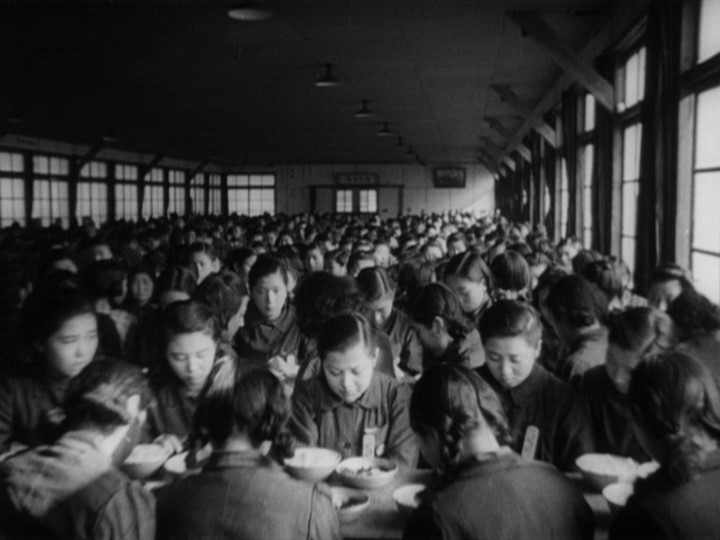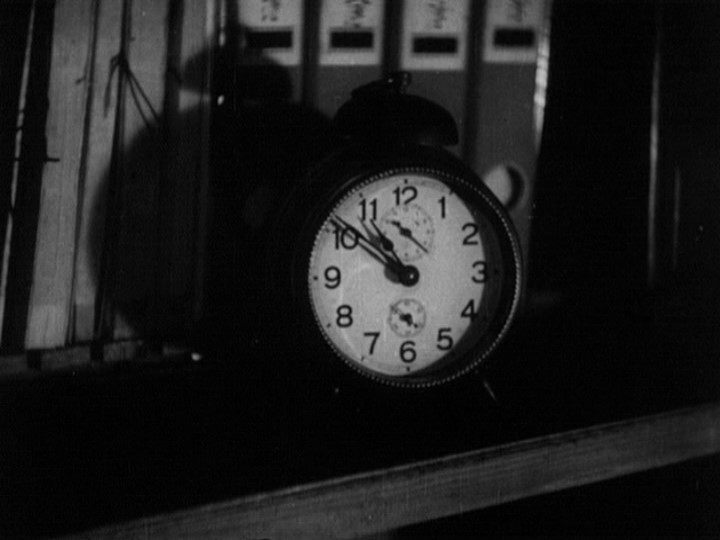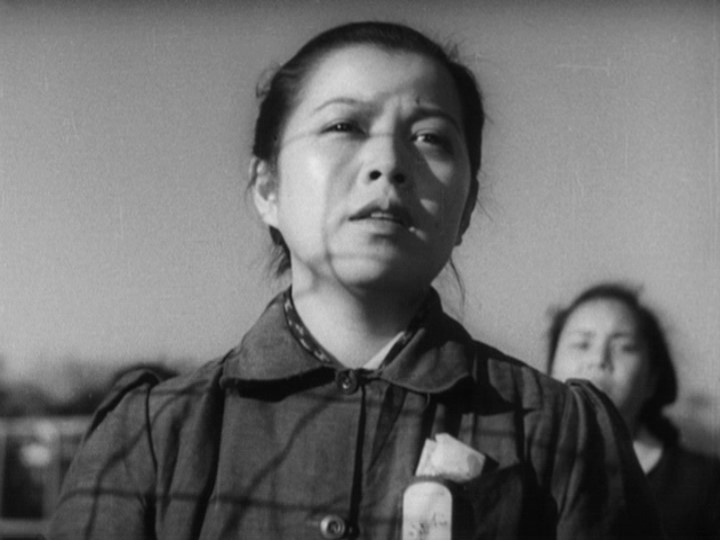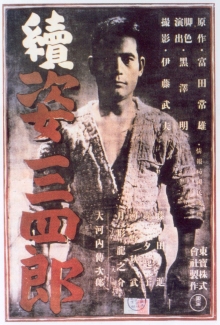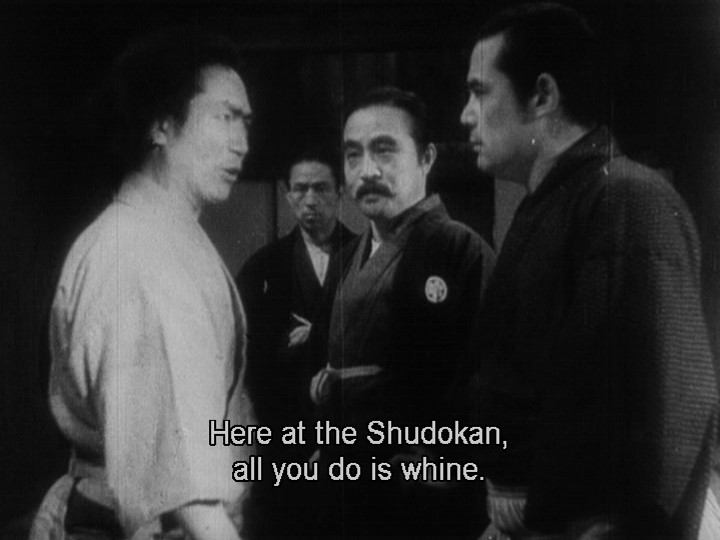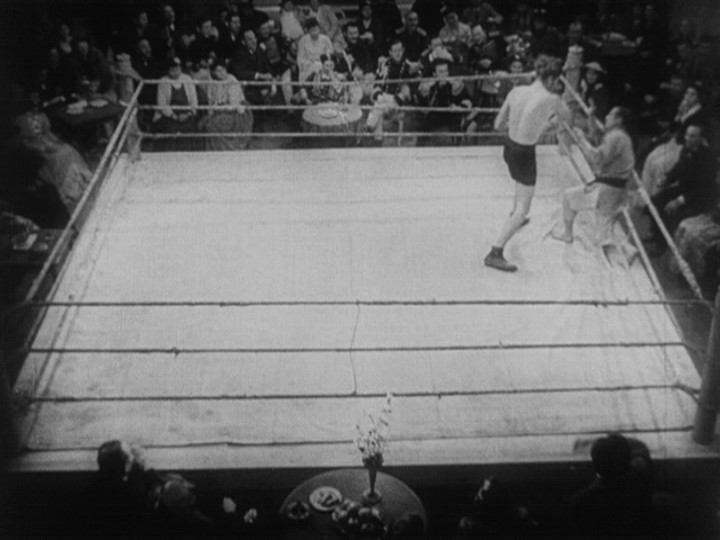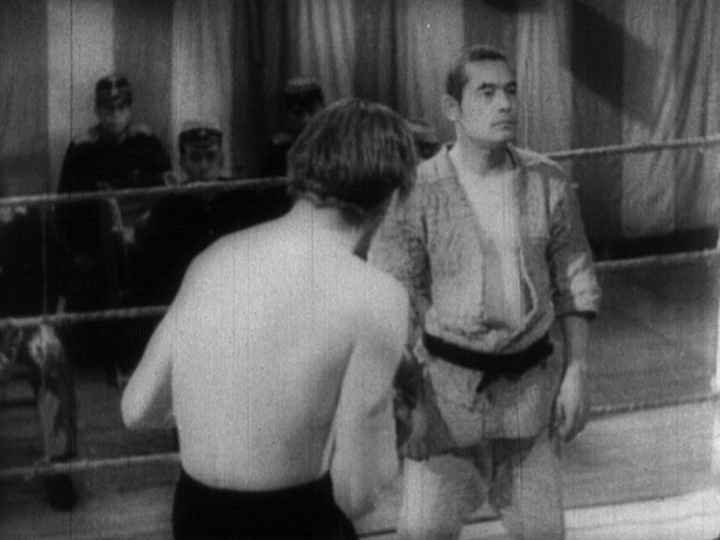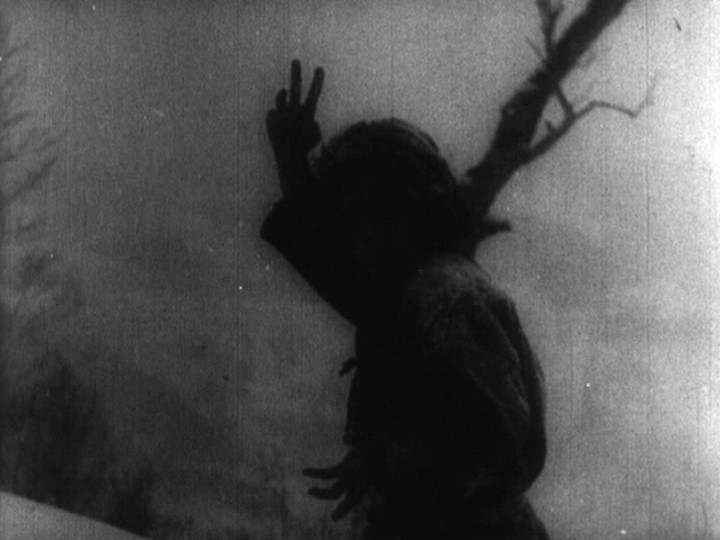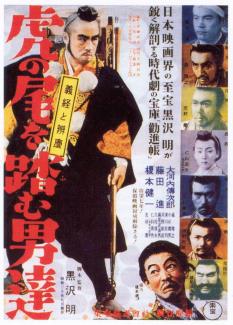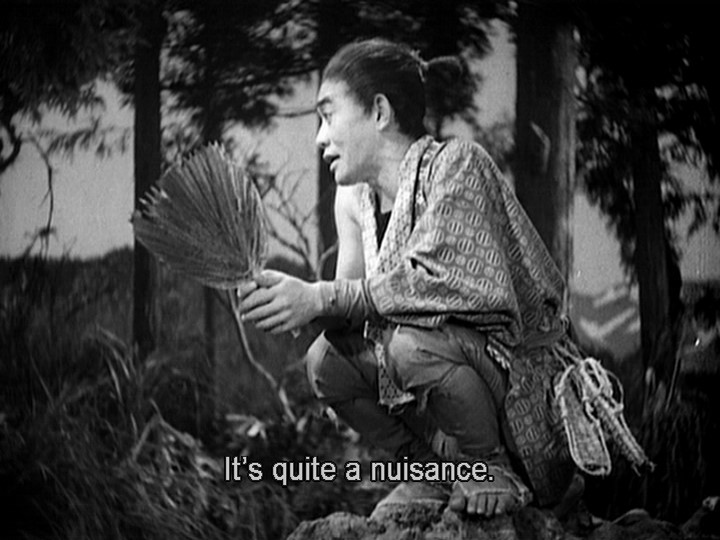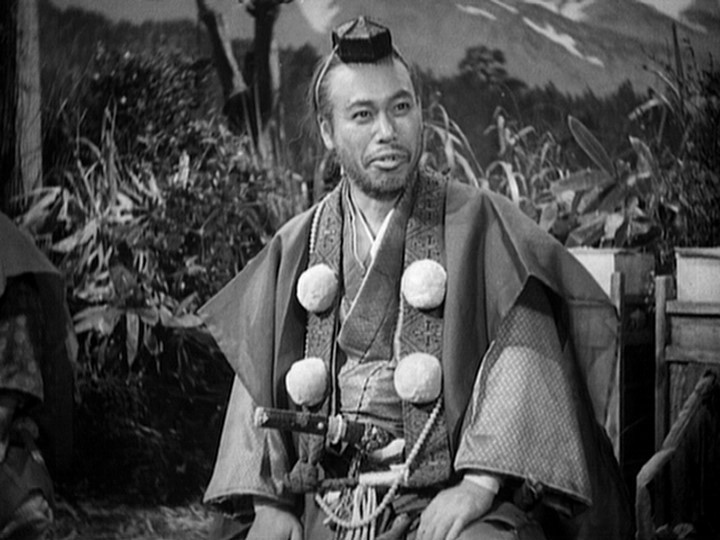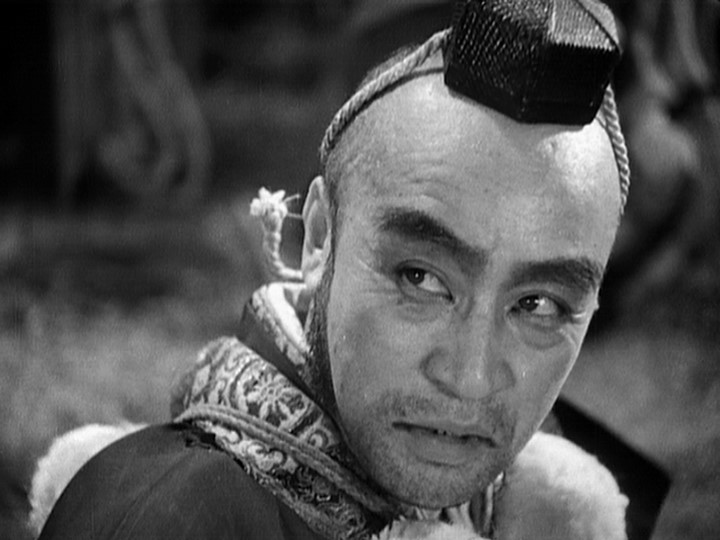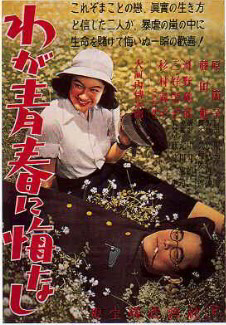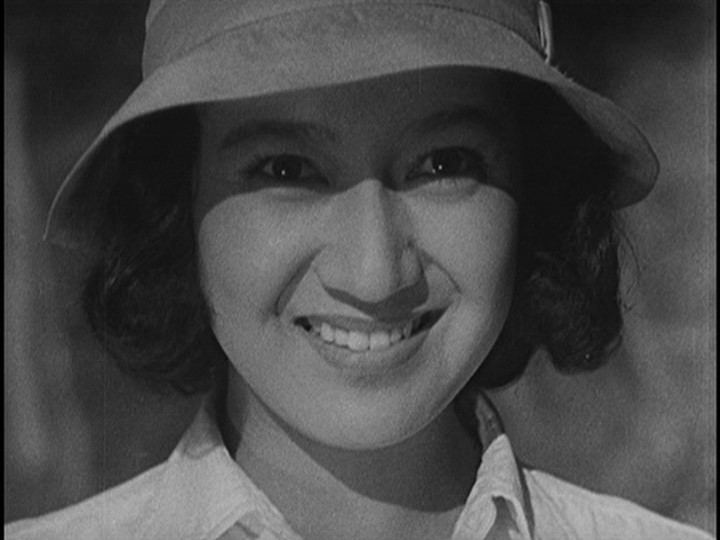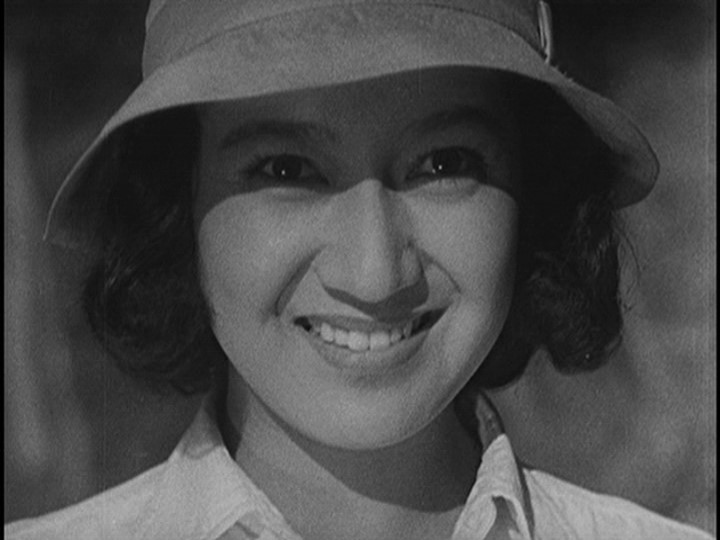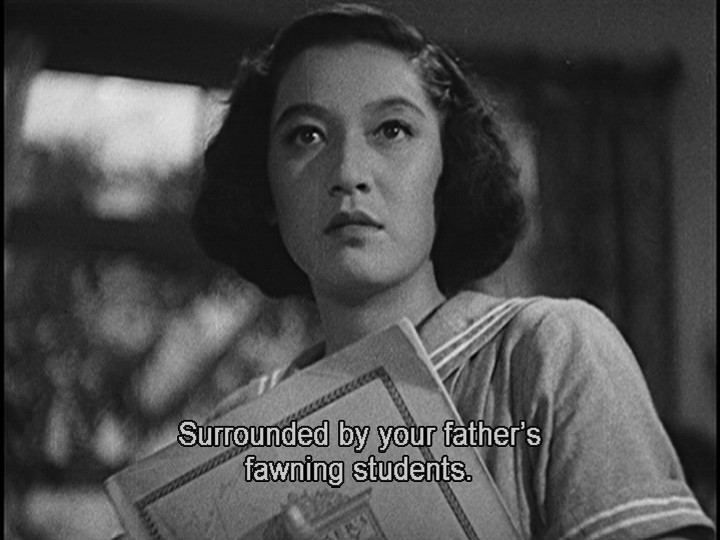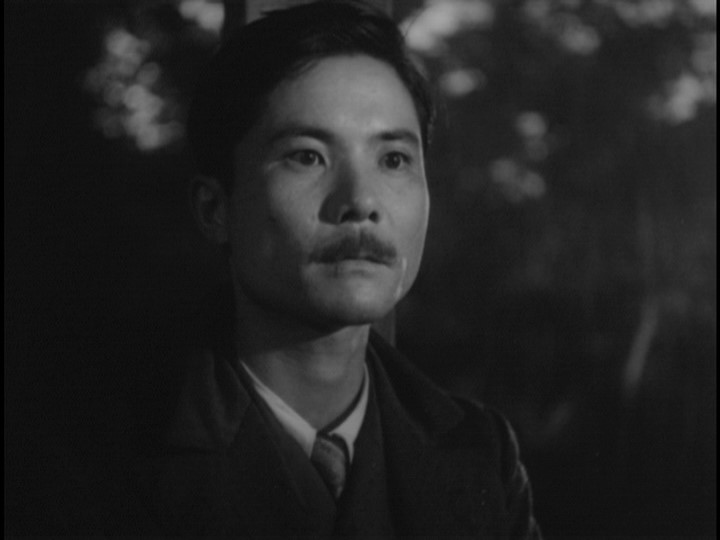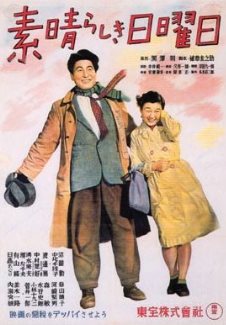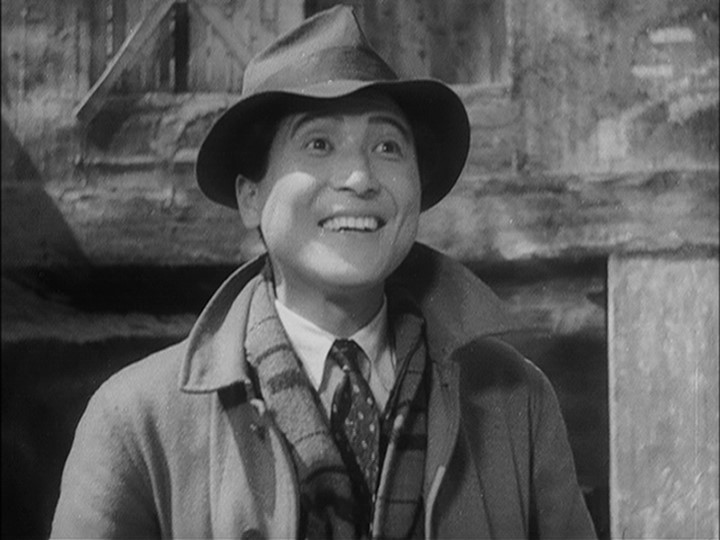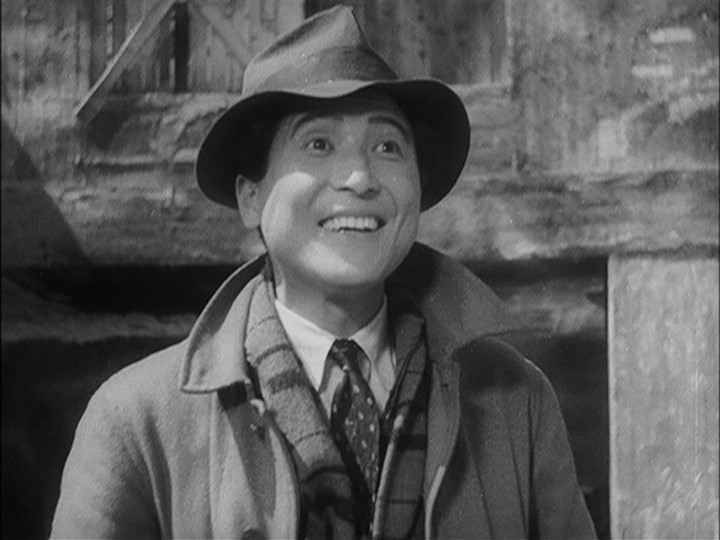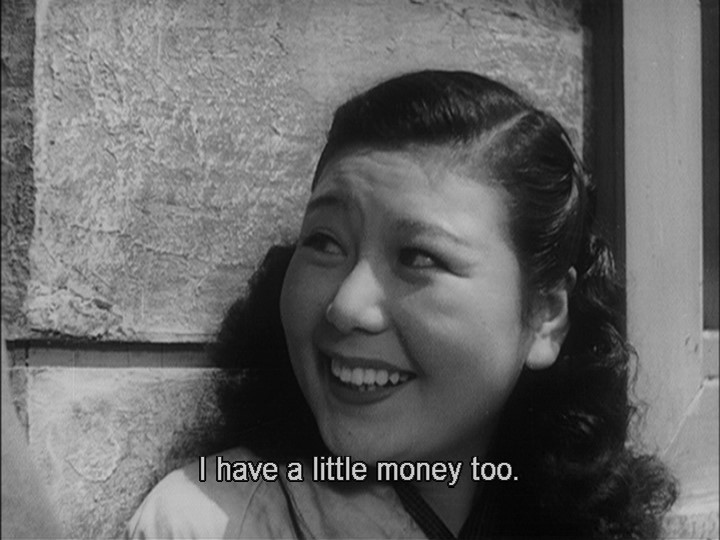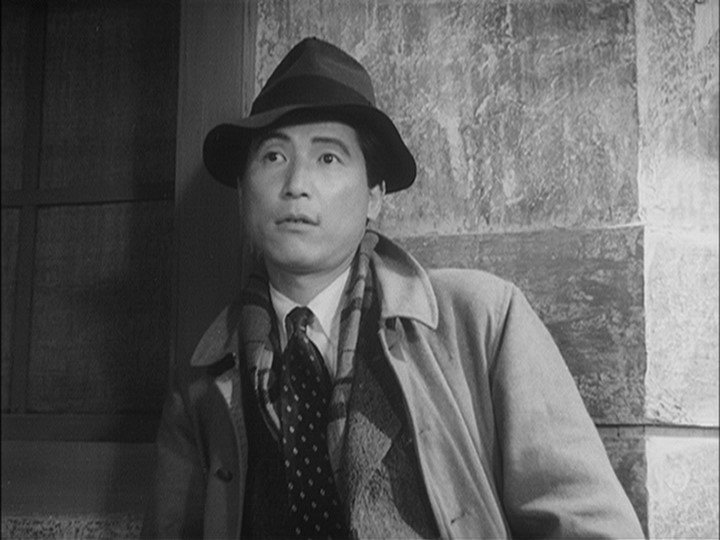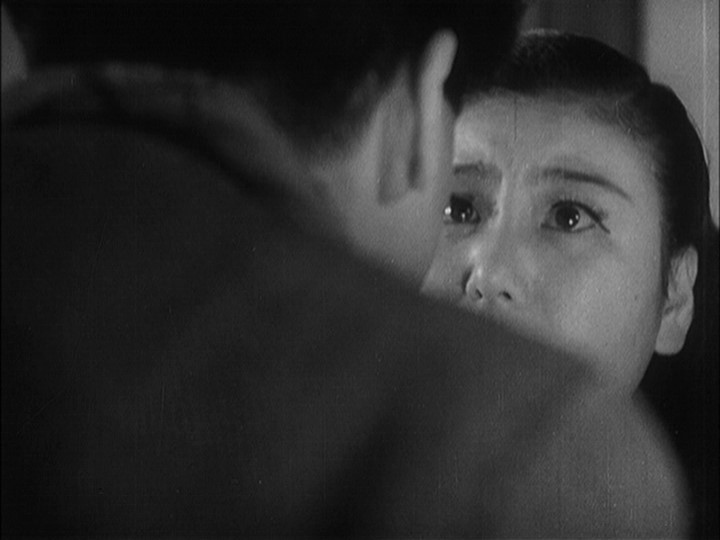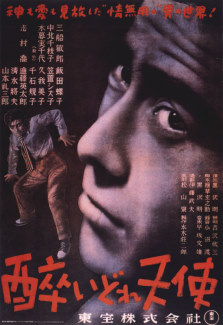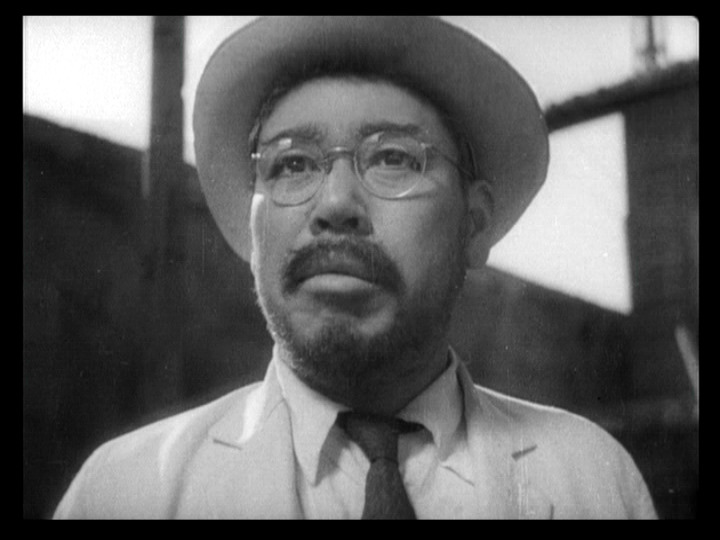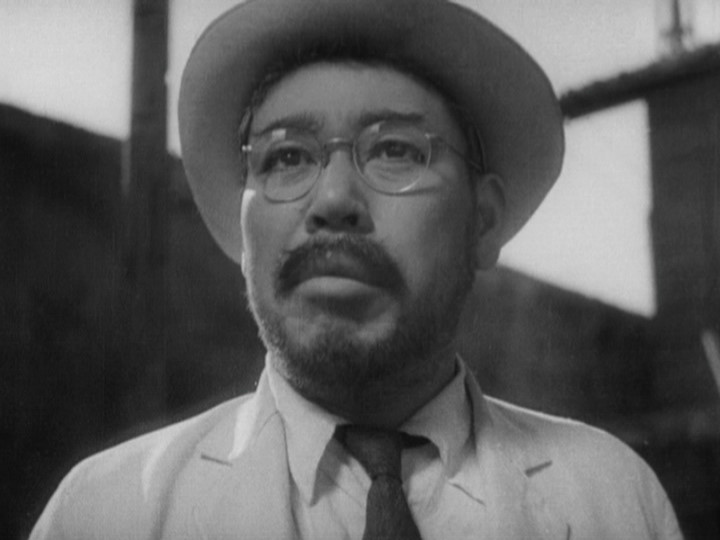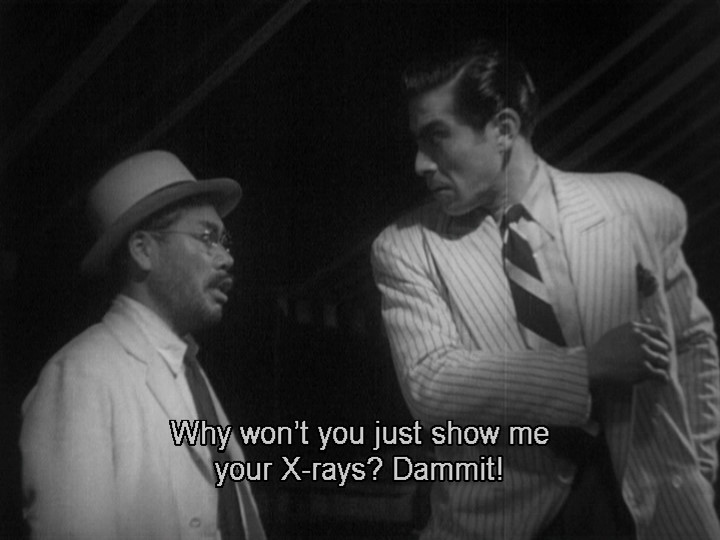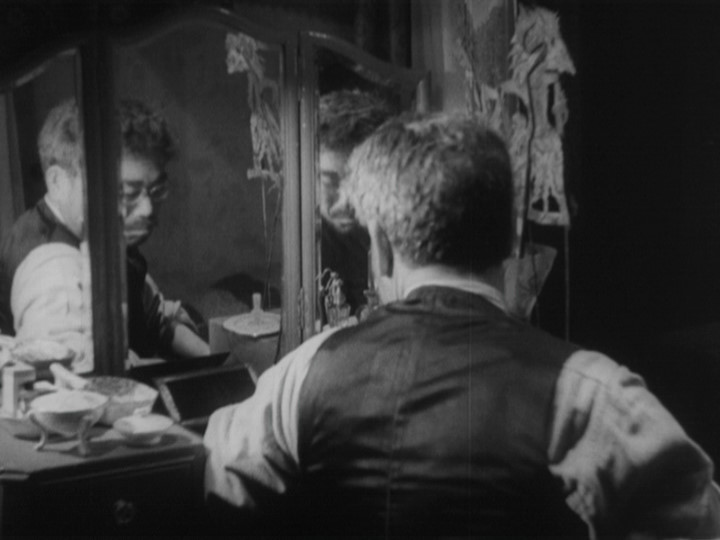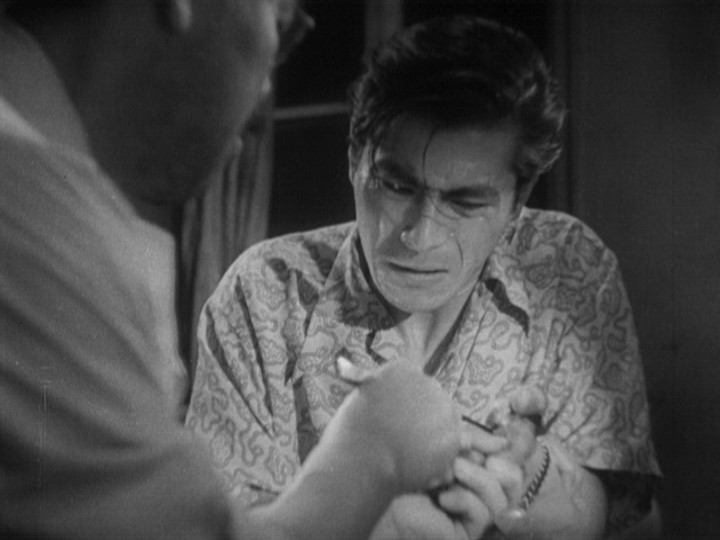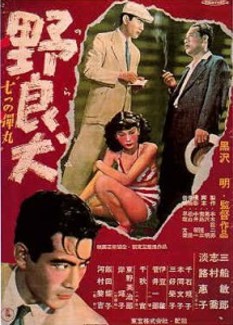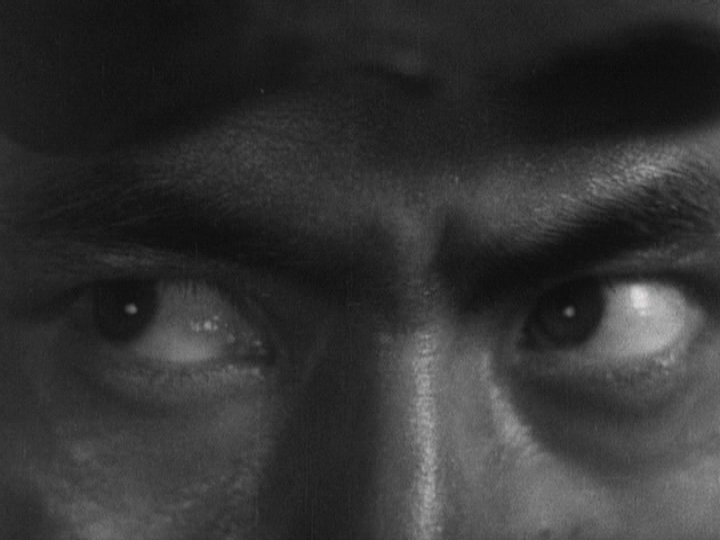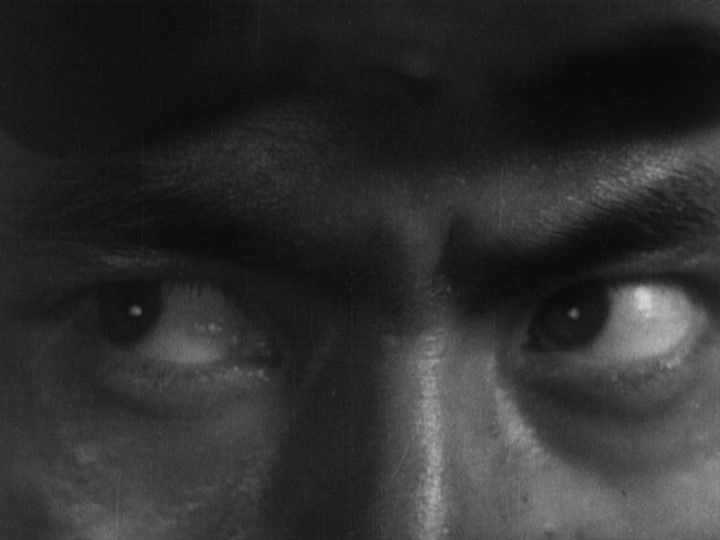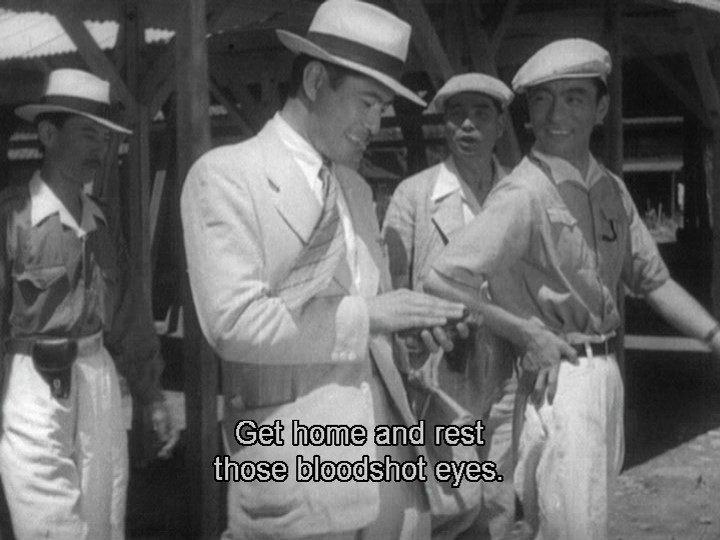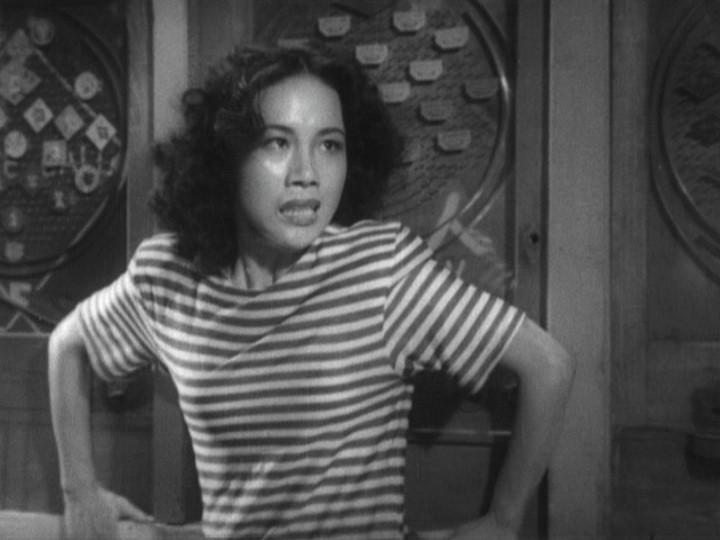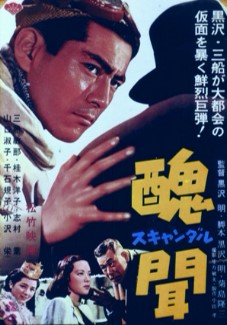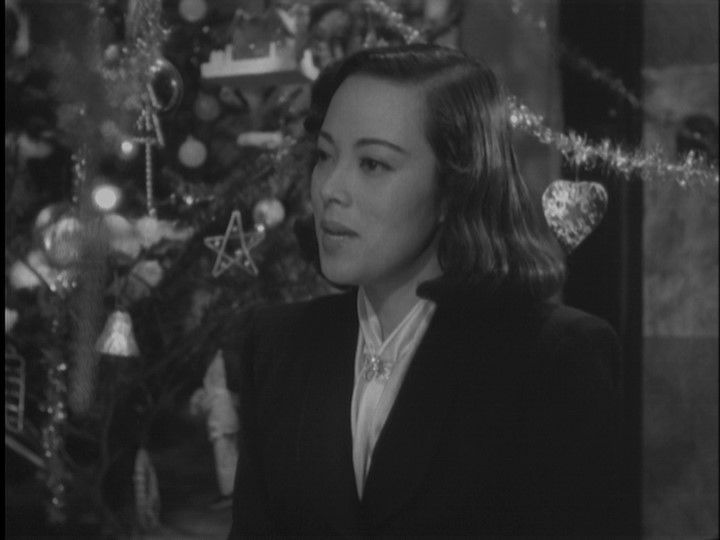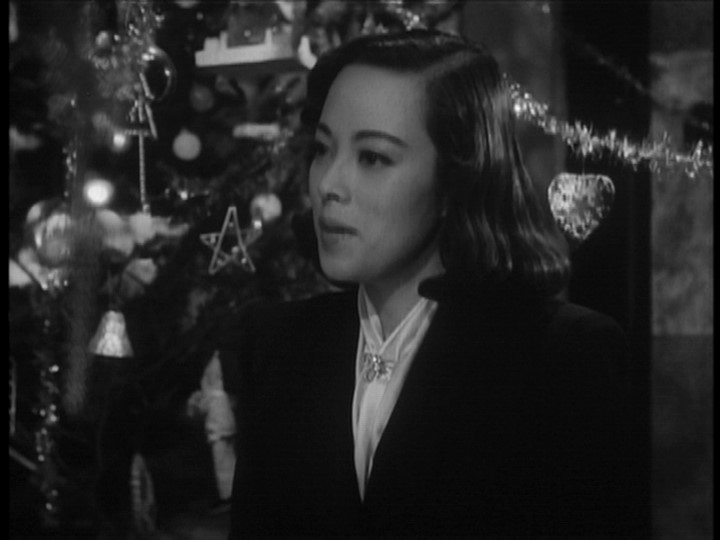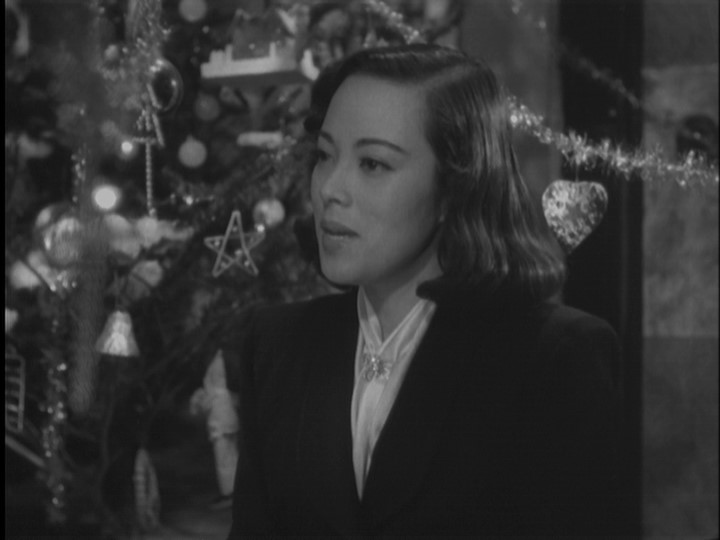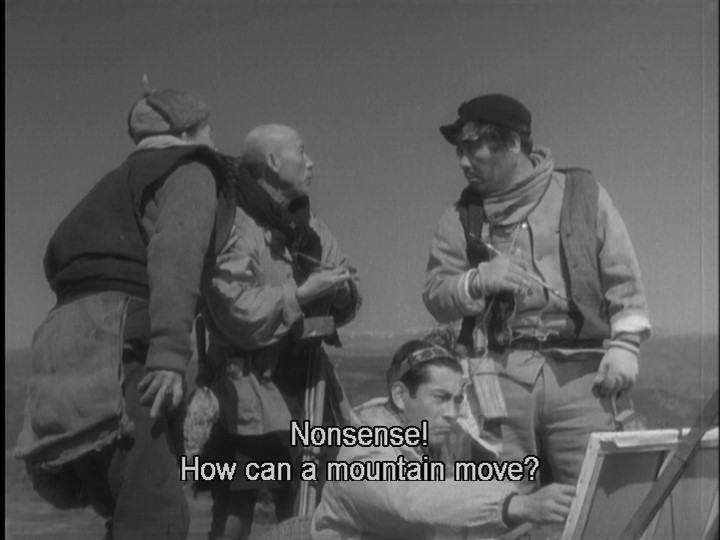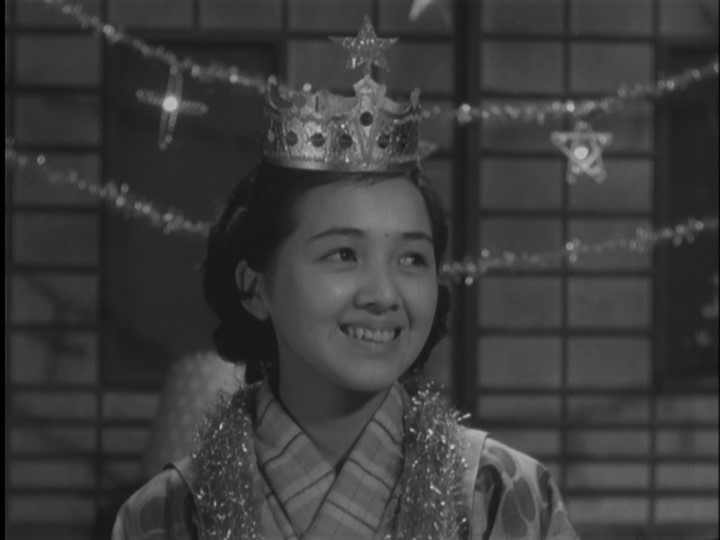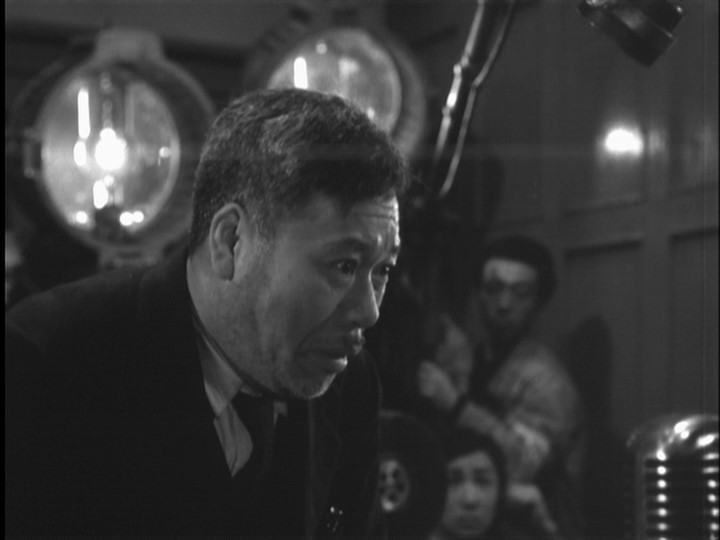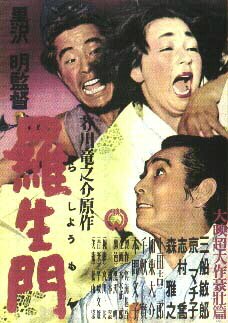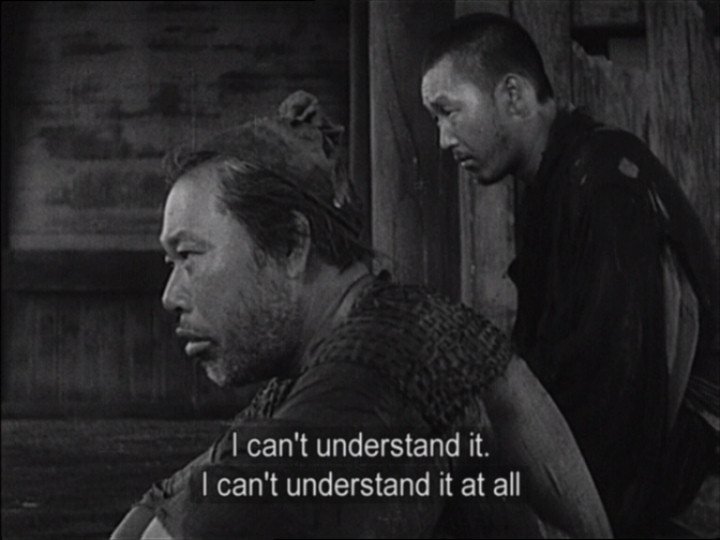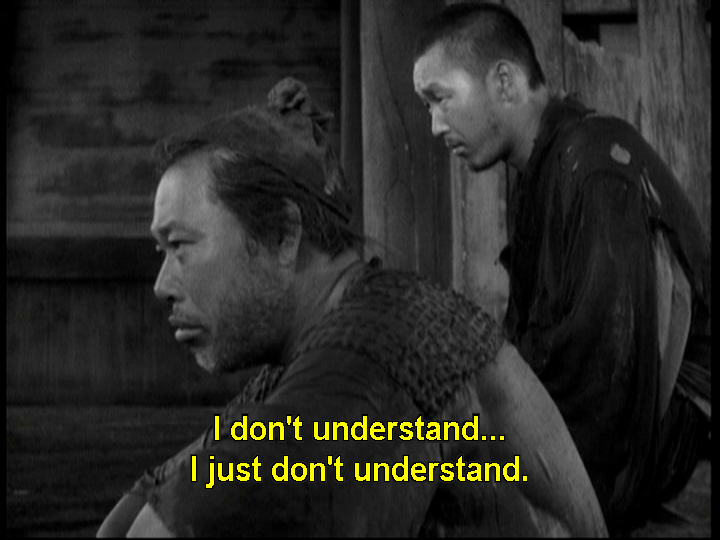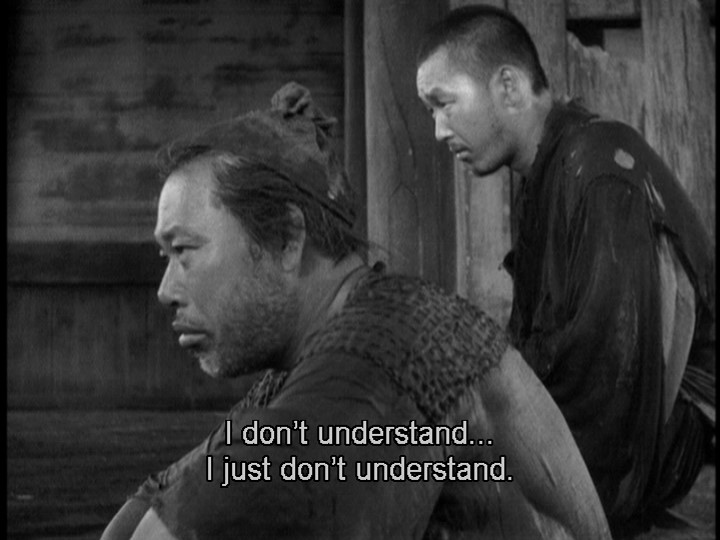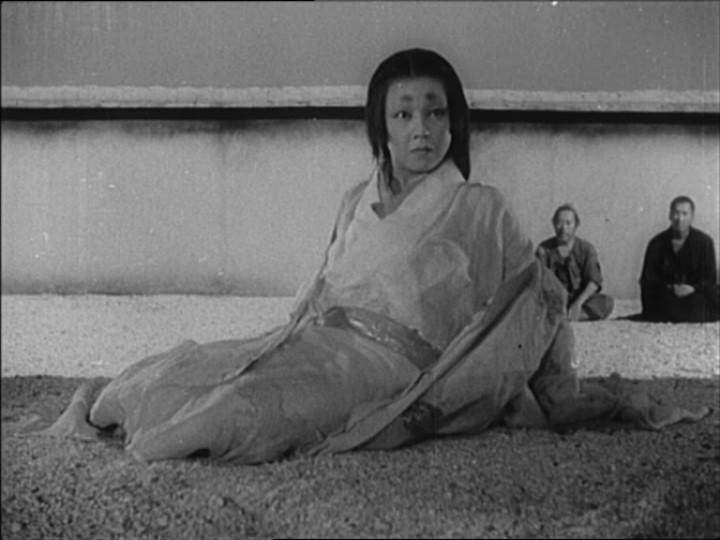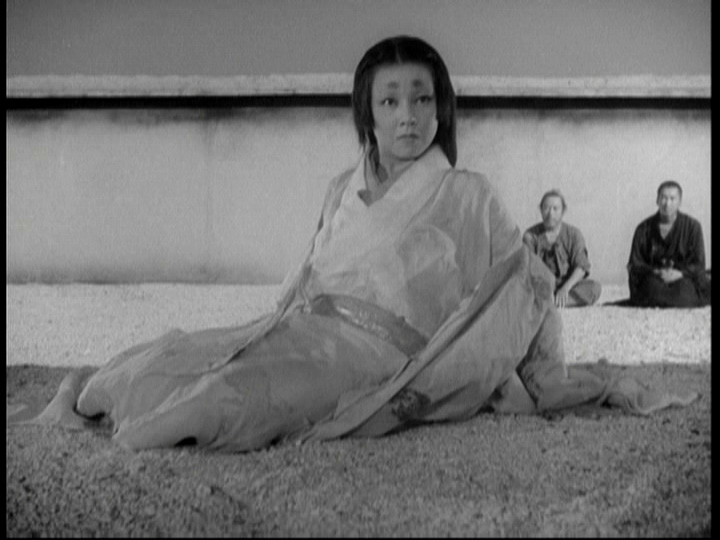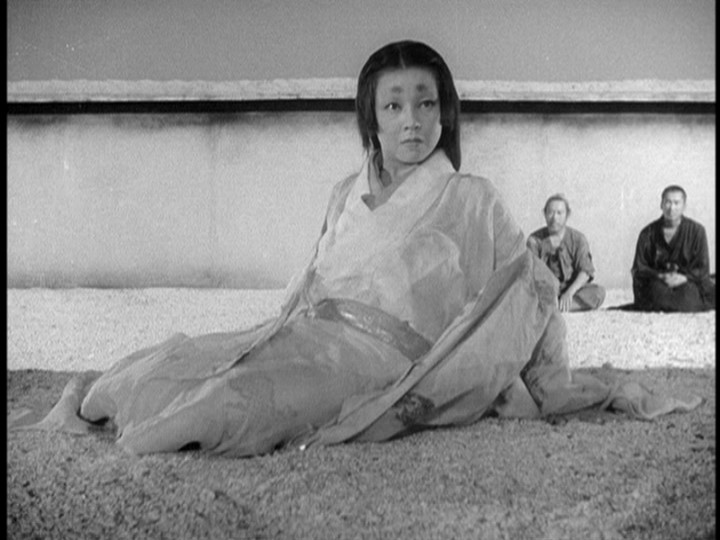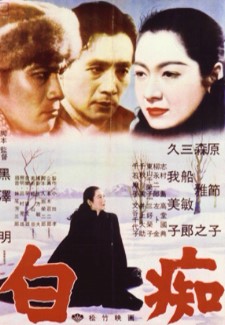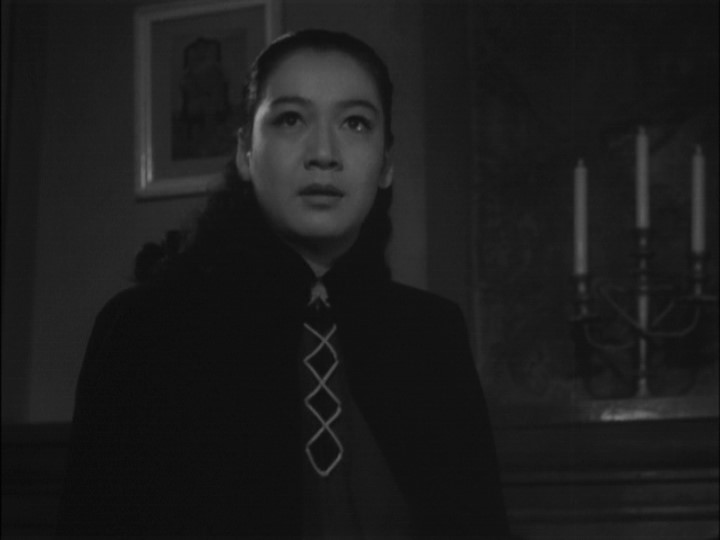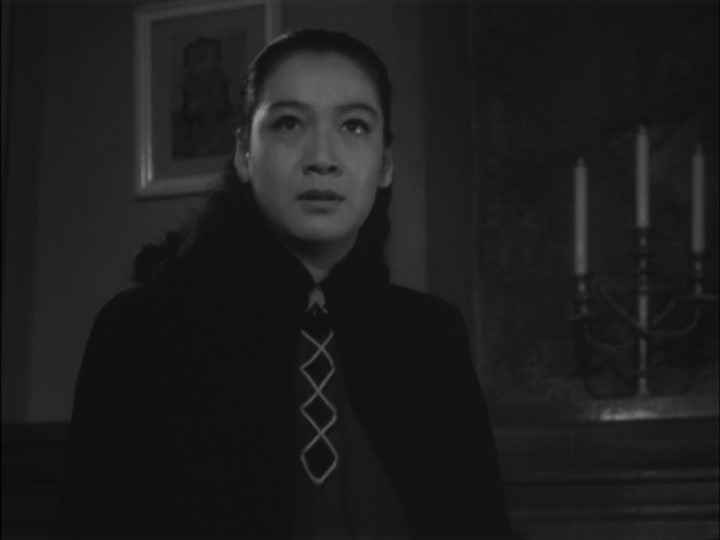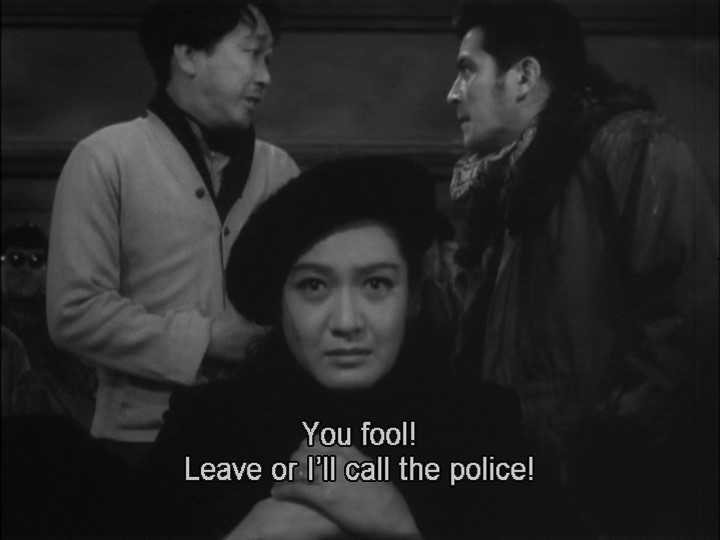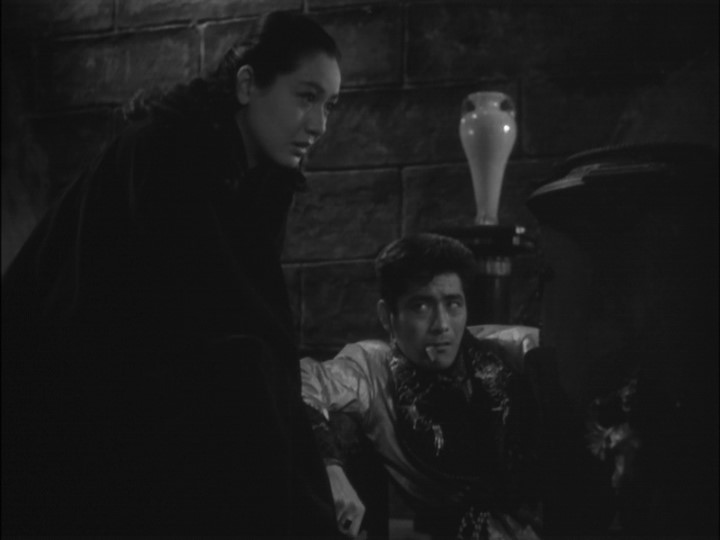|
WE NEED YOUR HELP! We have started a Patreon page with the hopes that
some of our followers would be
willing to donate to keep DVDBeaver
alive. We are a small niche, so your
generosity is vital to our
existence. |
![]()
![]()

![]()
![]()
|
Search DVDBeaver |
S E A R C H D V D B e a v e r |
|
Search DVDBeaver |
S E A R C H D V D B e a v e r |
ON TO PAGE 2 -----> ON TO PAGE 3 ---->
|
|
AK 100: 25 Films of Akira Kurosawa
Sanshiro Sugata (1943)
The Most Beautiful (1944) Sanshiro
Sugata Part Two (1945)
The Men Who Tread on the Tiger's Tail (1945)
No Regrets for Our Youth (1946)
One Wonderful Sunday (1947)
Drunken Angel (1948) Stray Dog
(1949) Scandal (1950)
Rashomon (1950) The Idiot
(1951)
Ikiru (1952) Seven Samurai
(1954) I Live in Fear (1955)
Throne of Blood (1957)
The Lower Depths (1957) The Hidden
Fortress (1958) The Bad Sleep Well
(1960)
Yojimbo (1961) Sanjuro (1962)
High and Low (1963) Red Beard
(1965)
Dodes’ka-den (1970) Kagemusha
(1980) Madadayo (1993)
| The creator of such timeless masterpieces as Rashomon, Ikiru, Seven Samurai, Yojimbo, and High and Low, Akira Kurosawa is one of the most influential and beloved filmmakers who ever lived—and for many the greatest artist the medium has known. Now, on the occasion of the centenary of his birth, the Criterion Collection is proud to present this deluxe box set celebrating his astonishing career. Featuring twenty-five of the films he made over the course of his fifty years in movies—from samurai epics to postwar noirs to Shakespeare adaptations—AK 100 is the most complete set of his works ever released in this country, and includes four rare films that have never been available on DVD. |
Individual DVD package covers (in order)
CLICK to ACCESS Brief Film/DVD REVIEW OF EACH TITLE
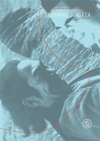 |
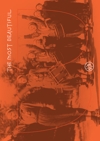 |
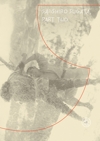 |
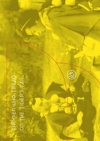 |
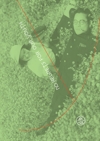 |
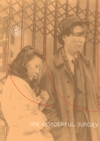 |
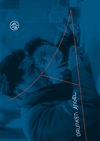 |
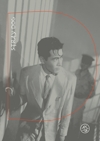 |
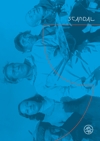 |
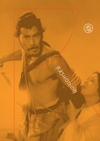 |
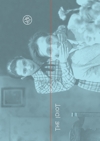 |
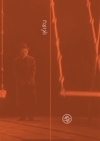 |
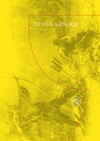 |
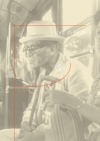 |
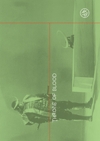 |
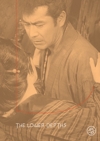 |
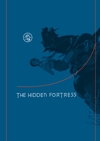 |
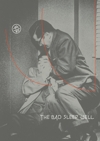 |
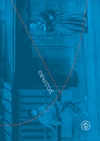 |
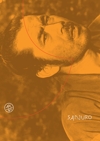 |
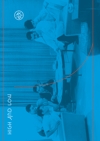 |
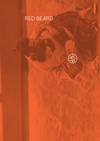 |
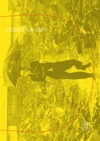 |
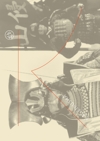 |
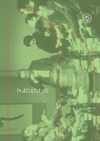 |
| ABOUT THIS REVIEW: As the AK 100 set is so large we will spread the review over 3 webpages. We will still use some of our standard comparison captures but in a limited way. As opposed to comparing 8 or 9 captures of each film of this 25-disc set - we will only utilize 2 or 3 - when necessary. Many of the earliest films - Sanshiro Sugata Parts one and two, The Most Beautiful (1944), The Men Who Tread on the Tiger's Tail (1945) - have only seen the digital light on very inferior transfers via Hong Kong DVDs from Mei-Ah with ridiculously poor subtitle translations or analog transfers (or interlaced ones from PAL distributors in Australia etc.). An English-friendly edition of Madadayo has also not be given justice on digital to date. As the DVDs in AK 100 are devoid of digital supplements - we will simply make a brief comment about the technical transfer. I've watched many from start to finish but, do to time constraints, haven't gone through them as thoroughly as we usually do for a single review or comparison. We feel it is more important to get this information out prior to the release date - so interested parties can take advantage of pre-order discounts or the extensive holiday sales. |
ON TO PAGE 2 -----> ON TO PAGE 3 ---->
Theatrical Releases: 1943 - 1993
DVD Review: AK 100 - Criterion Collection (25-disc) - Region 1 - NTSC
|
DVD Box Cover |
|
CLICK to order from:
|
| Distribution | Criterion Collection - Region 1 - NTSC | |
| Audio | Japanese (original) | |
| Subtitles | English, None | |
| Features |
Release Information: Edition Details:
• Illustrated book featuring
an introduction and notes on each of the films by Stephen Prince
(The Warrior’s Camera: The Cinema of Akira Kurosawa) and a
remembrance by Donald Richie (The Films of Akira Kurosawa).
|
|
Starting logos
|
|
|
|
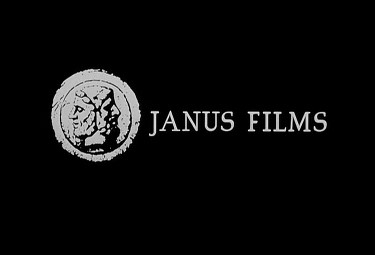 |
| Comments: |
ACCESS REVIEW PAGE TWO or PAGE THREE Two years ago we had Ford at Fox - the gargantuan for 2007 and winner of DVD of the Year - then last year we were given the 2008 DVD of the Year - Murnau, Borazge & Fox. 2009 sees the reigns pass to Criterion for an end-of-year digital behemoth. The most remarkable distributor have their favorite - Akira Kurosawa with whom they have covered by far the most releases of any director in their impressive collection. His work is now honored with a magnificent 25 film boxset. 'Wow' is right. The 25 main features of this boxset are housed in individual unfastened flap book-style cardboard cases inside a beautiful linen-bound box with an Illustrated hard cover book (see images below). These are advertised as 'all new transfers'. Very encouragingly, NONE of the transfers are pictureboxed (see our full description of 'pictureboxing' in our Kind Hearts and Coronets review). Each are coded for Region 1 in the NTSC standard. The transfers are all progressive and in the original aspect ratios. There are no digital supplements and each finish the last chapter with color bars. Audio is monaural, 2.0 channel stereo or in the case of High and Low 4.0 channel Perspecta Surround. Unless otherwise noted (ex. Kagemusha) each disc starts with a wonderful animated 'AK 100' logo followed by the animated Criterion and static Janus logos. NOTE: In comparing running times - most from this boxset seem about 20 seconds shy of the original release times. While all use the NTSC standard, the logos are running in their own separate file outside the 'clock' of the film time - where as on the original DVD they may include the logos. This is noted in the bitrate graph drop down window where we can see a separate 19 or 20 second time period - these represent the AK 100, Criterion and Janus logos which run prior, and separately authored, to the feature film. So, while new transfers - some look very similar to previous Criterion or Eclipse boxset releases - however, quite a few are different and may also be from alternate sources. We aren't privy to the details of the availability of prints used by Criterion as sources but can make good guesses if it was the same as the original releases by comparing captures and noting damage marks, framing and other details. To get exact screen capture matches - we move ahead one frame at a time looking for the same position of people, hands or other things that move OR we can also look for the same speckles and/or scratches. This will show if possibly the same source was used and more closely identify if it is a similar, or how similar the appearance is. Public perception has altered quite a bit in the past few years and I believe this is a real positive. This is true for a few companies, like Criterion, who are aware of what their following are desirous of - and what they dislike in terms of transfers. I am referring to digital manipulation (also called 'restoration') where selective contrast adjustment can help remove the prevalence of damage marks and hopefully bring the film closer to its theatrical intent. This is the same thing that occurs with black level or color boosting - trying to increase sharpness or vibrancy of an older, faded print. Consumers at this high-end of film appreciation have become more aware of these alternations that leave telltale deficiencies ex.; brightness that limits scratches and damage marks may also removes detail from parts of the frame, like edge-enhancement from black level boosting, moiring and other unsavory artifacts. Okay - so what I am suggesting is that most of these transfers seem devoid of digital tinkering to alter the perception toward the theatrical appearance. They seem very 'pure'. What that might mean is more grain, and more visible damage but a truer look and for those that inspect that closely a more film-like presentation on DVD or Blu-ray. As one example - this may be true for a title in this collection like Rashomon. While it may not be a different print - it may have had less in the way of digitally covering-up of damage BUT grain visibility improves and it tends to look more textured akin to real film. This may also be true because the discs do not share the feature transfer with supplements - this can increase the bitrate for the feature. This is what many fans desire in the current climate of home theater expansion. Personally, I am less concerned with light damage than I am with obvious manipulation. From my inspection so far - I'd say these are less manipulated than some of the original releases.
The important releases for many are the ones new to Criterion - Sanshiro Sugata (1943), The Most Beautiful (1944), Sanshiro Sugata Part Two (1945), The Men Who Tread on the Tiger's Tail (1945) and Madadayo (1993). I suspect they are all the best DVD transfers of each of these 5 films in the entire world. I was especially keen to see Madadayo as it is one of my favorite Kurosawa works. Also, Drunken Angel (1948), Seven Samurai (1954) and Dodes’ka-den (1970) are NOT pictureboxed as they were in their latest, or original Criterion release. This can be quite consequential for some individuals. NOTE: We have one important issue with our Kagemusha comparison. We occasionally accept screen captures from individuals who are trying to support us and lighten our workload. We try our best to ensure that these utilize the same method as we have obtained in the past, for consistency, - BUT occasionally things slip by. Jacek Macias screen grabs from 2005, look to me, now, to have been set at a boosted setting ('Vivid' as opposed to 'Original'). We are attempting to verify this but our conclusions regarding the comparison from the AK100 colors to the Blu-ray are still very valid. Kagemusha on DVD in this boxset looks great. The included book, 25 Films By Akira Kurosawa, is magnificent. Awkwardly long in size but fits appropriately in the linen-bound case - where, for me, it will continue to reside. It's about 90 pages with an 'intro' entitled Kurosawa at 100 - by Stephen Prince - then 2 pages with photos on each of the 25 films with notes again by Stephen Prince finishing with 4 pages by Donald Richie on 'Remembering Kurosawa'. It's a great keep sake and interesting reading. So - what do we have? 25 films by one of the most renowned directors of all time. Masterpiece after masterpiece - looking and sounding improved, as good as possible, or as existing previously competent on the SD-DVD format. FIVE NEW films transferred with Criterion's high standards - 3 more with pictureboxing removed and a handful looking a tad purer and more film-like. No commentaries or digital extras - no trinkets like replica Sanjuro sandals or a plastic Samurai sword included - so, it is bare-bones and reminiscent of the Eclipse sub-label. Will these all come out on Blu-ray next year? Highly unlikely - especially the five new titles. Will any of those five be released individually? Unknown - with nothing scheduled on the calendar at present.
Is it worth it? That is the big question. You tell me -
at the current price it amounts to about $11 a film. Titles like
Seven Samurai (NOT pictureboxed), Ikiru, High and
Low, Yojimbo, Red Beard, Kagemusha, Stray
Dog, The Hidden Fortress, The Bad Sleep Well,
Throne of Blood, I Live in Fear, Madadayo, etc. etc.
etc. Most individuals will look to see how many they already own and
'calculate' the value - which is fair enough. I'm extremely pleased with
the set - maybe more so than
Ford at Fox or
Murnau, Borazge & Fox, but the
decision essentially lies with your personal preference and film/DVD
diet. I'm just here to tell you that it maintains Criterion's high
standards with great transfers - so be fearless in your potential
purchases. Let's hope this is an end-of-year trend with a new director,
via Criterion, coming long next year. How about a
Blu-ray
set for Dec 2010 with the complete works of Antonioni, Bresson or
Tarkovsky? Huh? I suppose, one can dream....
ACCESS REVIEW
PAGE TWO or
PAGE THREE |
Package
(CLICK to enlarge)
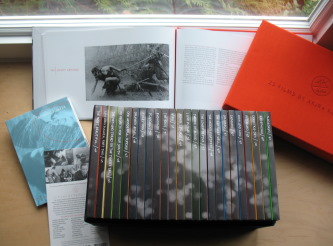 |
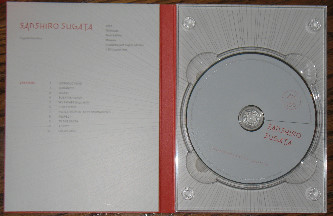 |
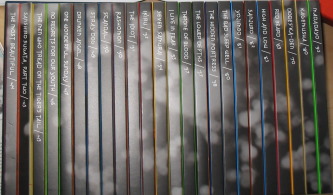 |
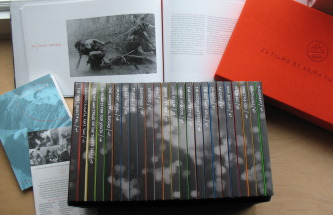 |
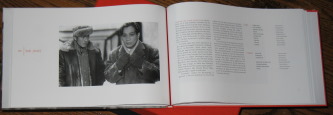 |
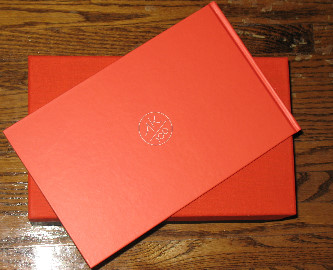 |
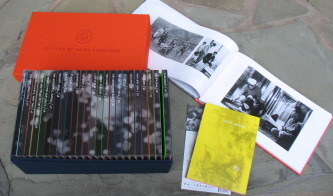 |
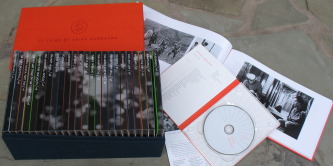 |
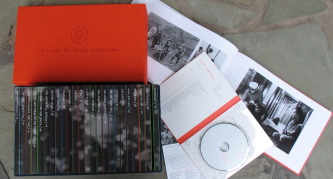 |
Sample DVD Menus
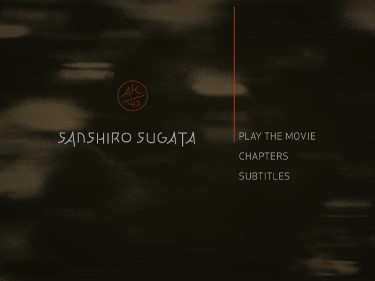 |
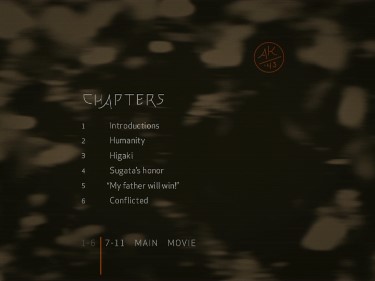 |
|
|
Sanshiro Sugata (1943)
aka 'Judo Saga'
| Akira Kurosawa’s dazzling debut as a director is about the rivalry between judo and jujitsu, and it concerns the moral education and enlightenment of Sanshiro, played by Susumu Fujita. |
Title and Poster
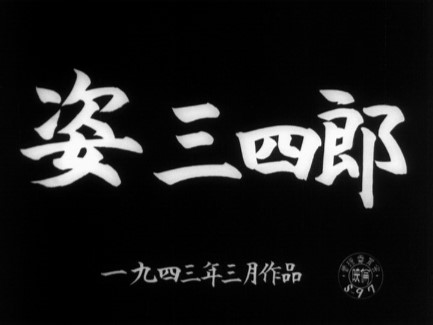 |
|
| Runtime | 1:18:44 |
| Video | 1.33:1
Aspect Ratio Average Bitrate: 7.14 mb/s NTSC 720x480 29.97 f/s |
|
NOTE: The Vertical axis represents the bits transferred per second. The Horizontal is the time in minutes. |
|
| Bitrate: |
|
| Comments: | Single-layered.
Progressive. Region 1. NTSC. 1.33 aspect ratio.
Monaural.
11 Chapters with color bars. Plenty of scratches and is hazy but has serviceable, if imperfect, audio. Still - quite watchable and probably the best it has looked on DVD. The transfer is superior to the Madman which is interlaced and from an unconverted NTSC transfer on a PAL encoded disc. |
|
|
|
|
|
|
|
|
|
|
The Most Beautiful (1944) aka Ichiban utsukushiku
| Akira Kurosawa’s patriotic World War II morale booster focuses on a volunteer corps of women working at an optics factory to produce lenses for binoculars and targeting scopes, and was shot on location at the Nippon Kogaku factory in Hiratsuka. |
Title and Poster
|
|
|
| Runtime | 1:25:09 |
| Video | 1.33:1
Aspect Ratio Average Bitrate: 6.58 mb/s NTSC 720x480 29.97 f/s |
|
NOTE: The Vertical axis represents the bits transferred per second. The Horizontal is the time in minutes. |
|
| Bitrate: |
|
| Comments: | Single-layered.
Progressive. Region 1. NTSC. 1.33 aspect ratio. Monaural.
16 Chapters with color bars. A bit tighter than Sansuro Sugato 1 but light damage still exists. Contrast is not stellar but is okay - all things considered. Very watchable - probably the best it will look without an extensive restoration. Amusingly starts with these:
|
|
|
|
|
|
|
|
|
Sanshiro Sugata Part Two (1945) aka 'Zoku Sugata Sanshiro'
| This sequel to Akira Kurosawa’s first film, which Kurosawa was compelled to make under studio pressure, reunites most of the principal cast members from the original. |
Title and Poster
|
|
|
| Runtime | 1:21:48 |
| Video | 1.33:1
Aspect Ratio Average Bitrate: 6.92 mb/s NTSC 720x480 29.97 f/s |
|
NOTE: The Vertical axis represents the bits transferred per second. The Horizontal is the time in minutes. |
|
| Bitrate: |
|
| Comments: | Single-layered.
Progressive. Region 1. NTSC. 1.33 aspect ratio. monaural.
12 Chapters with color bars. Worst looking transfer of the boxset. Lots of flickering contrast. Missing some frames (jumps) in beginning. Very damaged (see last cap). At times barely watchable - requires extensive restoration. Some parts are okay - others severely limited. Great to see the film though and probably the best looking DVD of this one available. |
|
|
|
|
|
|
|
|
The Men Who Tread on the Tiger's Tail (1945) aka Tora no o wo fumu otokotachi
| The story of Kurosawa’s The Men Who Tread on the Tiger’s Tail derives from Noh and Kabuki plays depicting a famous twelfth-century incident in which the lord Yoshitsune and a small group of samurai cross enemy territory disguised as monks and must persuade border guards to let them through. |
Title and Poster
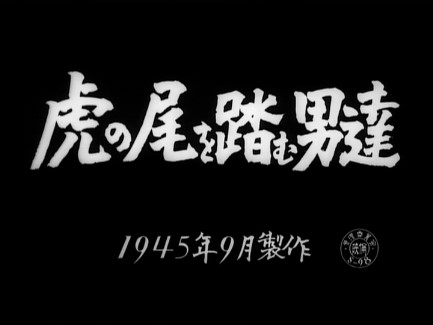 |
|
| Runtime | 0:59:06 |
| Video | 1.33:1
Aspect Ratio Average Bitrate: 8.8 mb/s NTSC 720x480 29.97 f/s |
|
NOTE: The Vertical axis represents the bits transferred per second. The Horizontal is the time in minutes. |
|
| Bitrate: |
|
| Comments: | Single-layered.
Progressive. Region 1. NTSC. 1.33 aspect ratio. Monaural. 10 chapters with
color bars. Artifacts but far superior to any of the other earlier films. Grain is apparent and contrast is quite strong - surprising detail is close-ups. This looks quite impressive considering the age and it's a hell of a film. |
|
|
|
|
|
|
No Regrets for Our Youth (1946) aka Waga seishun ni kuinashi
| In Akira Kurosawa’s first film after the end of World War II, future beloved Ozu regular Setsuko Hara gives an astonishing performance as Yukie, who transforms herself from genteel bourgeois daughter to independent social activist during a tumultuous decade in Japanese history. |
Title and Poster
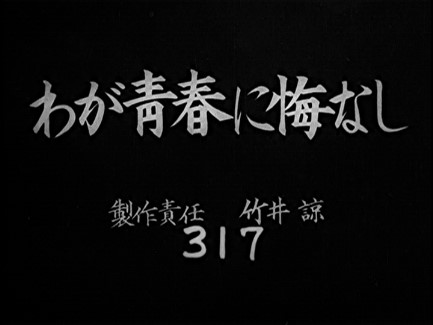 |
|
| Runtime | 1:50:12 |
| Video | 1.33:1
Aspect Ratio Average Bitrate: 8.8 mb/s NTSC 720x480 29.97 f/s |
|
NOTE: The Vertical axis represents the bits transferred per second. The Horizontal is the time in minutes. |
|
| Bitrate: |
|
| Comments: | Dual-layered.
Progressive. Region 1. NTSC. 1.33 aspect ratio. Monaural. 20 chapters with
color bars. Looks exactly like the Postwar Kurosawa Boxset HERE - regardless, it can't be that far off with the same high bitrate. Visible grain - exact same damage marks. |
|
|
|
|
|
|
|
|
One Wonderful Sunday (1947) aka Subarashiki nichiyobi
| This affectionate paean to young love is also a frank examination by Akira Kurosawa of the harsh realities of postwar Japan. During a Sunday trip into war-ravaged Tokyo, Yuzo and Masako look for work and lodging, as well as affordable entertainments to pass the time. |
Title and Poster
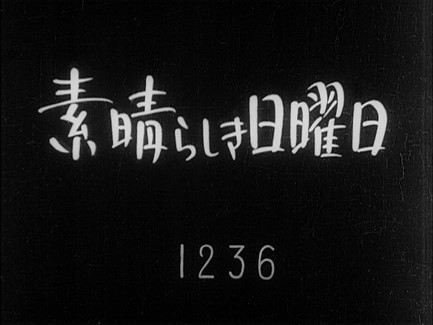 |
|
| Runtime | 1:48:46 |
| Video | 1.33:1
Aspect Ratio Average Bitrate: 8.0 mb/s NTSC 720x480 29.97 f/s |
|
NOTE: The Vertical axis represents the bits transferred per second. The Horizontal is the time in minutes. |
|
| Bitrate: |
|
| Comments: | Dual-layered.
Progressive. Region 1. NTSC. 1.33 aspect ratio. Monaural. 16 Chapters
with color bars. Looks exactly the same as the edition in the Postwar Kurosawa Boxset HERE. Lots of light damage and weak-ish audio at times but quite watchable. |
|
|
|
|
|
|
|
|
|
|
Drunken Angel (1948) aka 'Yoidore tenshi'
| In this powerful early noir from the great Akira Kurosawa, Toshiro Mifune bursts onto the screen as a volatile, tubercular criminal who strikes up an unlikely relationship with Takashi Shimura’s jaded physician. |
Title and Poster
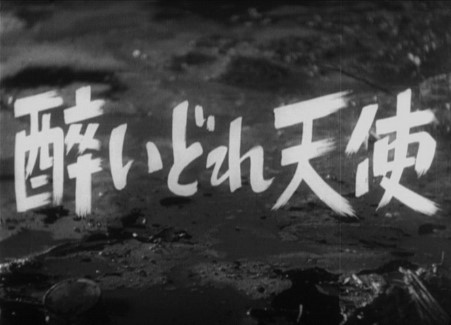 |
|
| Runtime | 1:37:51 |
| Video | 1.33:1
Aspect Ratio Average Bitrate: 7.14 mb/s NTSC 720x480 29.97 f/s |
|
NOTE: The Vertical axis represents the bits transferred per second. The Horizontal is the time in minutes. |
|
| Bitrate: |
|
| Comments: | Dual-layered.
Progressive. Region 1. NTSC. 1.33 aspect ratio. Monaural.
18 Chapters with color bars.
This is different than the original, pictureboxed Criterion single edition from November 2007 - although the opening credits are pictureboxed on the AK 100. It may even be from a different source . It appears be a shade darker, and scratches and damage have been eradicated to some degree. The original shows some rounded corners and so the AK 100 shows a shade less information in the frame. The VOB files, like all I have looked at in this set, are from late September/early October 2009. The BFI transfer is PAL and from a different source with sloppy tape slices inherent in the print. |
(BFI - Region 2 - PAL TOP vs. Criterion - Region 1 - NTSC MIDDLE (compared HERE) vs. AK 100 - Region 1 - NTSC BOTTOM)
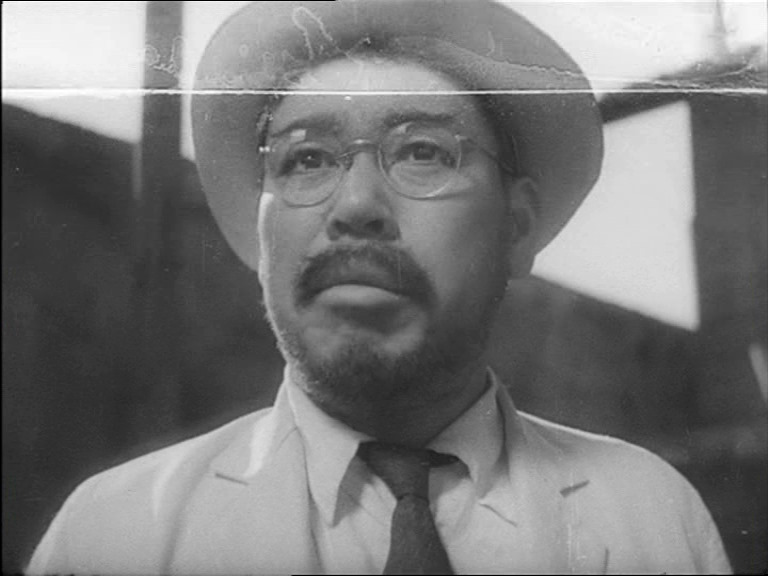 |
|
|
|
|
|
|
|
|
|
|
Stray Dog (1949) aka Nora Inu
| A bad day gets worse for young detective Murakami when a pickpocket steals his gun on a hot, crowded bus. Desperate to right the wrong, he goes undercover, scavenging Tokyo’s sweltering streets for the stray dog whose desperation has led him to a life of crime. With each step, cop and criminal’s lives become more intertwined and the investigation becomes an examination of Murakami’s own dark side. Starring Toshiro Mifune, as the rookie cop, and Takeshi Shimura, as the seasoned detective who keeps him on the right side of the law, Stray Dog (Nora Inu) goes beyond a crime thriller, probing the squalid world of postwar Japan and the nature of the criminal mind. |
Title and Poster
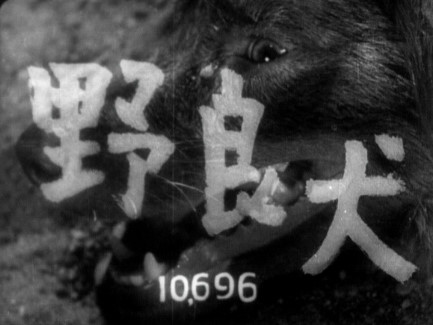 |
|
| Runtime | 2:02:08 |
| Video | 1.33:1
Aspect Ratio Average Bitrate: 7.83 mb/s NTSC 720x480 29.97 f/s |
|
NOTE: The Vertical axis represents the bits transferred per second. The Horizontal is the time in minutes. |
|
| Bitrate: |
|
| Comments: | Dual-layered.
Progressive. Region 1. NTSC. 1.33 aspect ratio. Monaural.
19 Chapters with color bars. This could be from a different print than the 2004 Criterion individual release. It has different, at times more, scratches, and is a bit darker with a slightly higher bitrate. The original may have had some minor contrast boosting. Very watchable - probably the best it will look without a complete overhaul. |
|
|
|
|
|
|
|
|
Scandal (1950) aka Shubun
| Akira Kurosawa's Scandal — as relevant now as when
made — is a pointed attack on the rising power of the press and their
practices in the newly-Americanized postwar Japan of 1950. Kurosawa was
outraged by the gutter press' actions, where "personal privacy is never
respected", and by how the public's voyeuristic tendency to delve deeper
into the lives of celebrities only encouraged this disrespect. Stirred
to broaden his film's scope, Kurosawa made the film a study of personal
honour, one which highlights the need for ordinary individuals to speak
out against injustice and corruption. On holiday in the snow-covered mountains, young painter Ichiro Aoye (Toshiro Mifune) has a chance meeting with the popular singer Miyako Saijo (Shirley Yamaguchi). After giving her a ride back to the hotel where they are both staying, Ichiro is photographed with Miyako by paparazzi. A magazine creates an exposé of their 'secret romance' based around this photograph, and the brooding Ichiro ignites a bitter and dirty libel case in order to restore their honor. Scandal stars many great Japanese actors of the time including Noriko Sengoku (Drunken Angel, Seven Samurai) and Takashi Shimura (Ikiru, Seven Samurai), who delivers one of his finest performances as the defense lawyer emotionally torn between right and wrong. Kurosawa's film stands as a fascinating one-man blast against the origins of press intrusion. |
Title and Poster
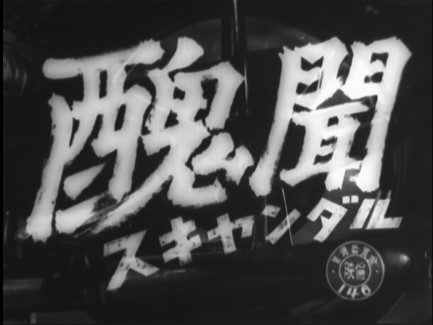 |
|
| Runtime | 1:44:32 |
| Video | 1.33:1
Aspect Ratio Average Bitrate: 7.45 mb/s NTSC 720x480 29.97 f/s |
|
NOTE: The Vertical axis represents the bits transferred per second. The Horizontal is the time in minutes. |
|
| Bitrate: |
|
| Comments: | Dual-layered.
Progressive. Region 1. NTSC. 1.33 aspect ratio.
Monaural.
17 Chapters with color bars. Plenty of scratches, serviceable audio. Looks exactly the same as the Postwar Kurosawa boxset edition HERE. Poor contrast but very watchable - probably the best it will look without an extensive restoration. |
|
|
|
|
|
|
|
|
|
|
|
|
|
Rashomon (1950)
|
Kurosawa had for a long time wanted to make a film out of the stories of Ryunosuke Akutagawa, and had actually written a script, but Toho found it too great a risk, so Kurosawa left Toho to film what would become ”Rashomon” at Daiei, even though Nagata, the studio head, had no idea what the film was about. And exactly what “Rashomon” is about is still today its main attraction, as its not so much about story, but more about, as suggest by Donald Richie, human action undistracted by plot. Told thru elliptic arranged tableaux, its dreamlike quality demands us to observe, rather than to follow. It all begins with a woodcutter finding the body of a samurai, which subsequently leads to the arrest of the assumed killer, Tajomaru, and a court case, where several versions of the event is told, from their unique perspective: Tajomaru’s, the wife’s and the dead Samurai (through a medium). Winner of the Golden Lion at Venice 1951, “Rashomon” became the film to break down the wall between Japanese film and the west, despite its Japanese response. Japanese critics didn’t like the film and the industry had not made it for exports, as they believed that foreigners wouldn’t be able to understand Japanese film, which in turns lead Kurosawa to speak up and critique the industry for being afraid of supporting Japanese film. Today, a good fifty years later, “Rashomon” stands one of cinema’s greatest masterpieces and the film by which “we”, the west, discovered Kurosawa by, who in turns made “Ikiru” and “Shichinin no Samurai”. It is a strange film, but nonetheless fascinating and hypnotic, and for those who just don’t get it, it will still be around in fifty years. That is the great comfort about art, it never ages, it never goes away, it always invites us back. |
Title and Poster
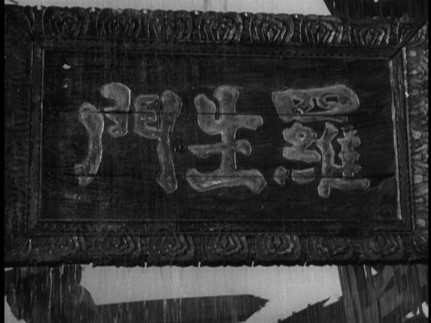 |
|
| Runtime | 1:27:45 |
| Video | 1.33:1
Aspect Ratio Average Bitrate: 8.1 mb/s NTSC 720x480 29.97 f/s |
|
NOTE: The Vertical axis represents the bits transferred per second. The Horizontal is the time in minutes. |
|
| Bitrate: |
|
| Comments: | Dual-layered.
Progressive. Region 1. NTSC. 1.33 aspect ratio. Monaural.
13 Chapters with color bars. Different than 2002 Criterion - possibly more damage but sharper and subtitles are slightly bolder. Looks like the best image version available to my eyes. |
|
1) BFI (UK) - Region 2 - PAL - TOP 2) Criterion (US) - Region 1 - NTSC - SECOND3) Oasis (Korea) - Region 0 - NTSC - THIRD (above compared HERE) 4) AK 100 - Region 1 - NTSC BOTTOM
|
|
|
|
|
|
|
|
|
|
1) BFI (UK) - Region 2 - PAL - TOP 2) Criterion (US) - Region 1 - NTSC - SECOND3) Oasis (Korea) - Region 0 - NTSC - THIRD (above compared HERE) 4) AK 100 - Region 1 - NTSC BOTTOM
|
|
|
|
|
|
|
|
|
The Idiot (1951) aka Hakuchi
|
"Of all my films, people wrote to me most about this one... ...I had wanted to make The Idiot long before Rashomon. Since I was little I've liked Russian literature, but I find that I like Dostoevsky the best and had long thought that this book would make a wonderful film. He is still my favorite author, and he is the one — I still think — who writes most honestly about human existence." - AKIRA KUROSAWA.
Akira Kurosawa's The Idiot, his only adaptation of a Fyodor Dostoevsky novel, was a cherished project on which it is claimed he expended more effort than on any other film. A darkly ambitious exploration of the depths of human emotion, it combines the talents of two of the greatest Japanese actors of their generation — Toshiro Mifune (Seven Samurai, Yojimbo) and Setsuko Hara (Tokyo Story, Late Spring). The Idiot is perhaps the most contemplative of all Kurosawa's works, a tone which is heightened by the unusual, trance-like performances. |
Title and Poster
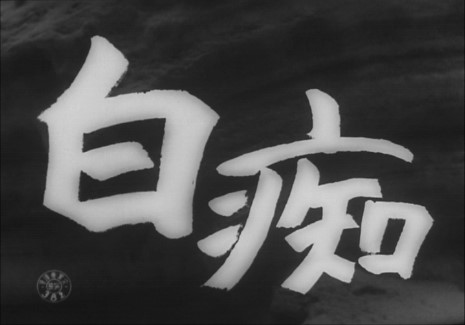 |
|
| Runtime | 2:46:10 |
| Video | 1.33:1
Aspect Ratio Average Bitrate: 5.54 mb/s NTSC 720x480 29.97 f/s |
|
NOTE: The Vertical axis represents the bits transferred per second. The Horizontal is the time in minutes. |
|
| Bitrate: |
|
| Comments: | Dual-layered.
Progressive. Region 1. NTSC. 1.33 aspect ratio.
Monaural.
21 Chapters with color bars. No discernable difference from the same dark Eclipse transfer reviewed HERE and very little difference from the Masters of Cinema release HERE. Both are NTSC. Setsuko still looks gorgeous. |
|
1) Eureka Masters of Cinema - Region 2 - NTSC TOP 2) Madman Films (Directors Suite) - Region 4 - PAL - SECOND(above compared HERE) 3) Eclipse Series Seven: Postwar Kurosawa - Region 1 - NTSC reviewed HERE THIRD 4) AK 100 - Region 1 - NTSC BOTTOM |
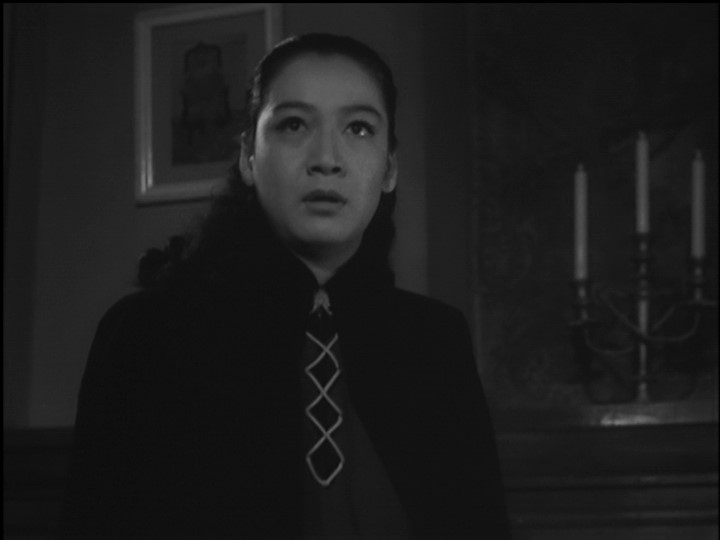 |
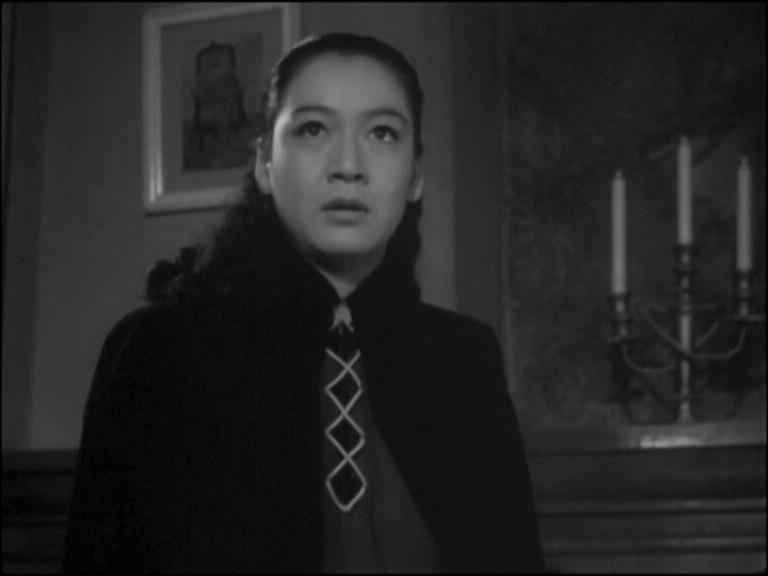 |
|
|
|
|
|
|
|
|
END OF PAGE ONE
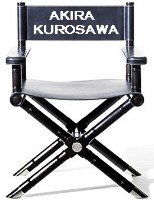 |
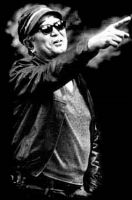 |
After working in an extensive range of genres, Akira Kurosawa made his breakthrough film in 1950 with the technically perfect Rashomon. It won the top prize at the Venice Film Festival (Golden Lion), and first revealed the richness of Japanese cinema to the rest of the world. Heavily revered in the West, Kurosawa's films have always been more popular there than in his homeland of Japan. His native critics often view his adaptations of Western authors and genres (ex. Shakespearean plays in Feudal Japanese settings) with apprehension. Kurosawa was best know for his utilization of the mis-en-scene - taking advantage of the full widescreen scope to isolate characters and introduce extraneous detail. His films ranged from samurai action to touching dramas. Kurosawa worshipped American director John Ford, signifying him as his primary influence as a filmmaker. He is quoted as saying "For me, film-making combines everything. That's the reason I've made cinema my life's work. In films, painting and literature, theatre and music come together. But a film is still a film." |
|
|
||
|
Suggested Reading (click cover or title for more info) by Donald Richie |
Director - Feature filmography and DVDBeaver links: Postwar Kurosawa Boxset (Eclipse #7) Madadayo (1993), Rhapsody in August (1991), Dreams (1990), Ran (1985), Kagemusha (1980), Dersu Uzala (1975), Dodesukaden (1970), Red Beard (1965), High and Low (1963), Sanjûrô (1962), Yojimbo (1961), The Bad Sleep Well (1960), The Hidden Fortress (1958), Lower Depths (1957), Throne of Blood (1957), I Live in Fear (1955), Seven Samurai (1954), Ikiru (1952), The Idiot (1951), Rashômon (1950), Scandal (1950), The Quiet Duel (1949), Stray Dog (1949), Drunken Angel (1948), One Wonderful Sunday (1947), No Regrets for My Youth (1946), Zoku Sugata Sanshiro (1945), The Men Who Tread On the Tiger's Tail (1945), The Most Beautiful (1944) |
|
DVD Box
Cover
CLICK to
order from:
Recommended Reading for Kurosawa Fans
(CLICK COVERS or TITLES for more information)
Check out more in "The
Library"
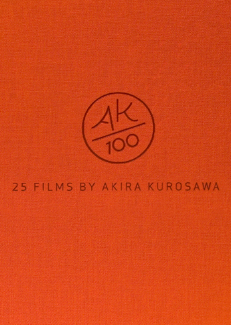
Distribution
Criterion Collection - Region 1 - NTSC
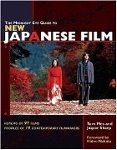




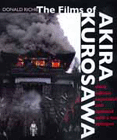



The Midnight Eye Guide to New Japanese Film
by Tom Mes and Jasper Sharp
Eros Plus Massacre: An Introduction to the Japanese New Wave Cinema (Midland Book, Mb 469)
by David Desser
Akira Kurosawa and
Intertextual Cinema
by James Goodwin
Kurosawa: Film Studies and
Japanese Cinema (Asia-Pacific.)
by Mitsuhiro Yoshimoto
The Warrior's Camera
by Stephen Prince
The
Films of Akira Kurosawa by Donald Ritchie
The Emperor and the
Wolf: The Lives and Films of Akira Kurosawa and
Toshiro Mifune
by Stuart Galbraith IV
Something Like an Autobiography by Akira
Kurosawa
A Hundred Years of Japanese Film
by Donald
Richie
![]()
![]()
![]()
![]()


